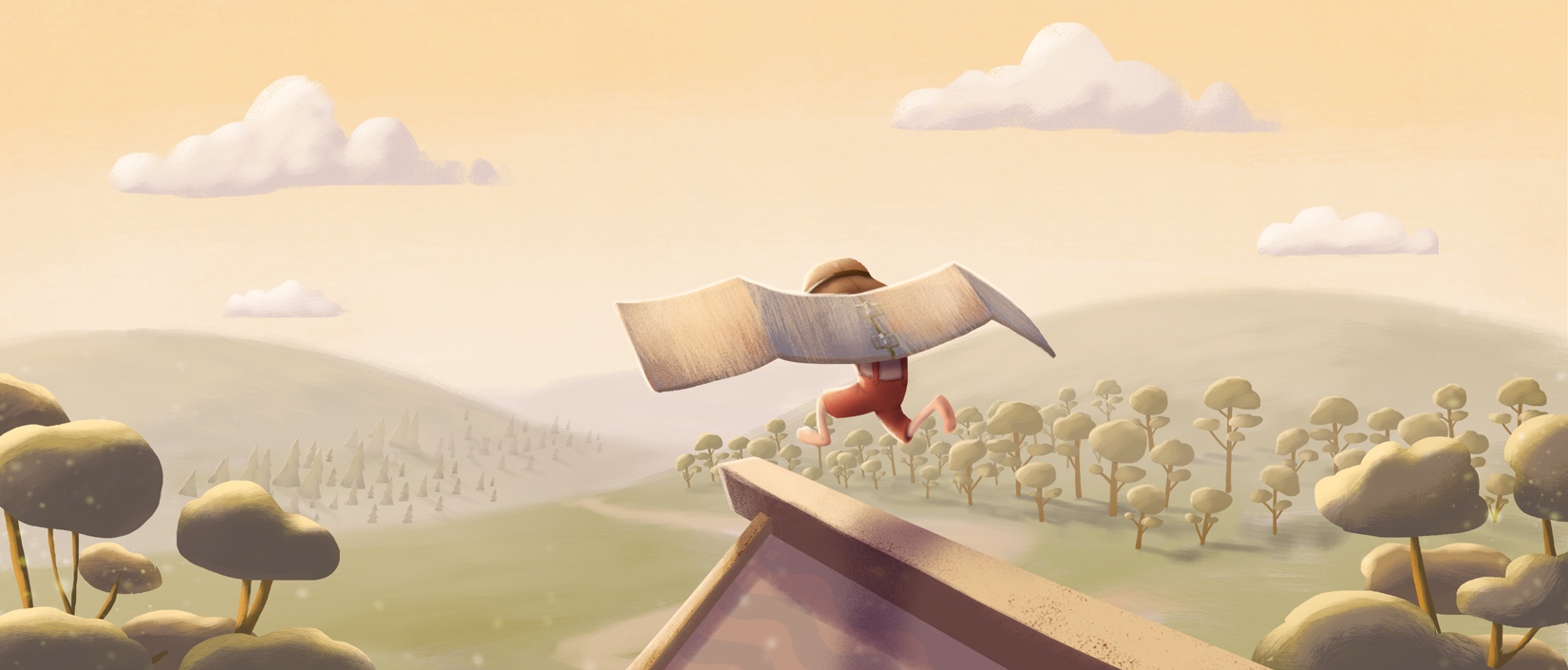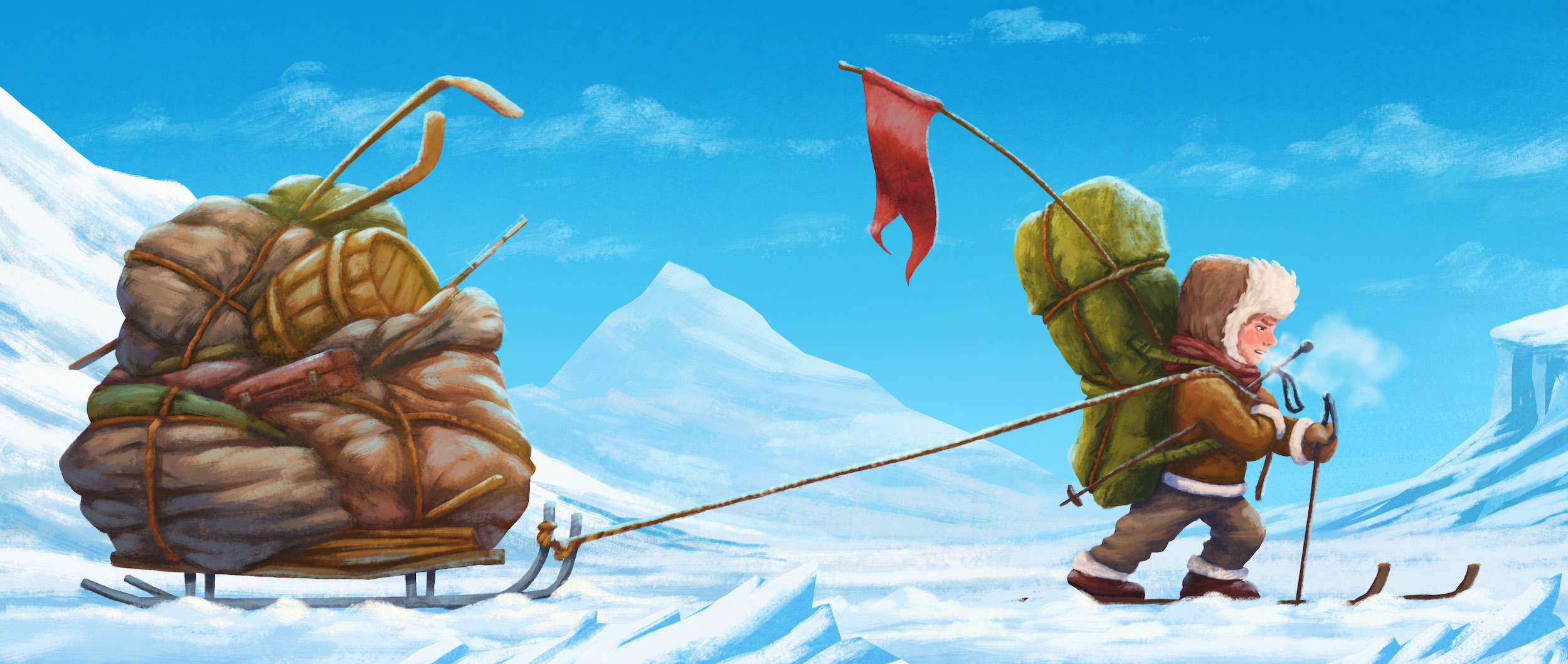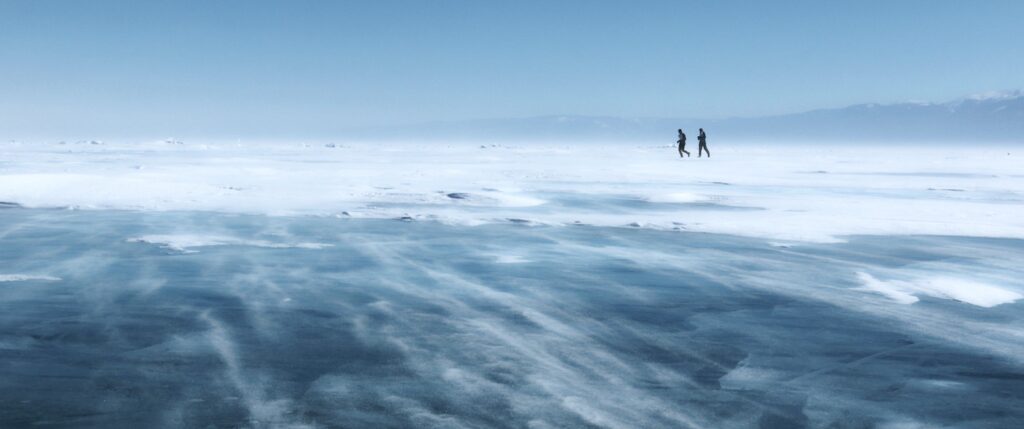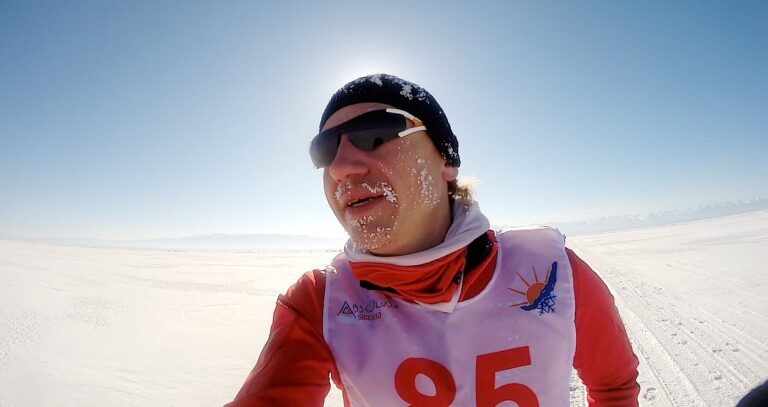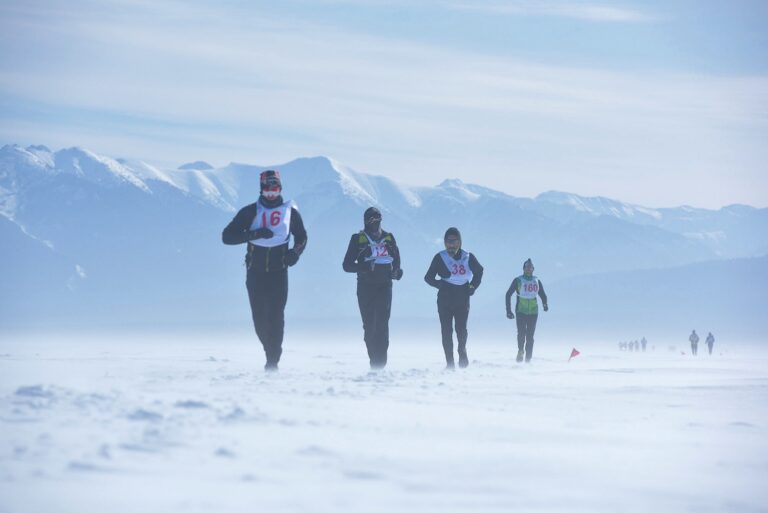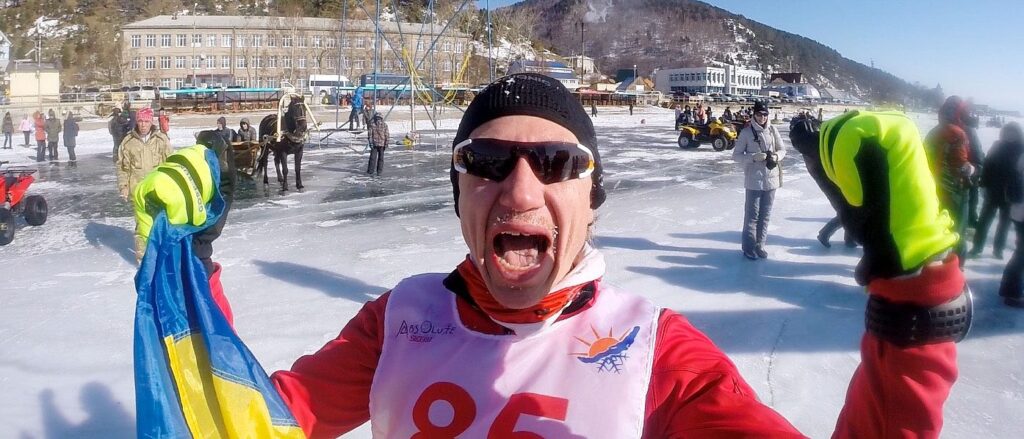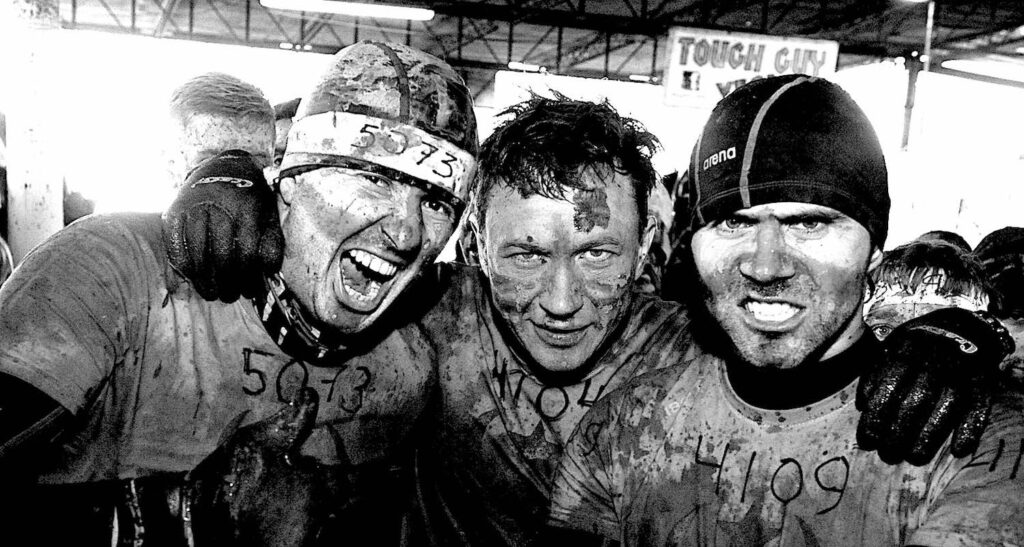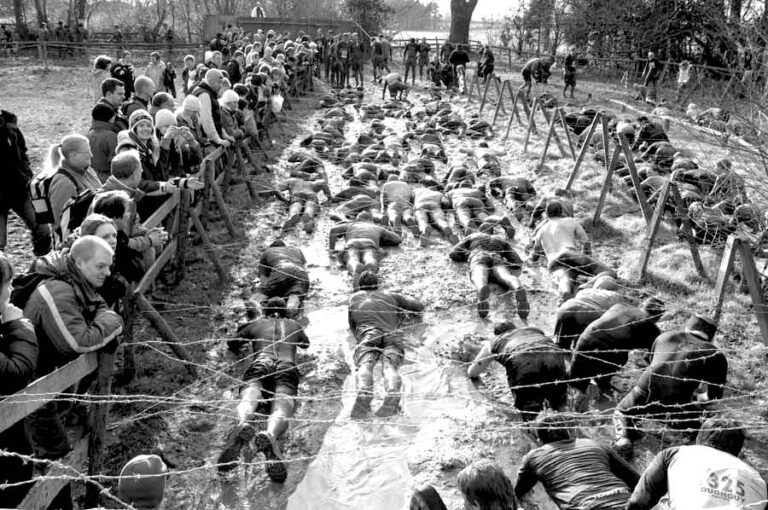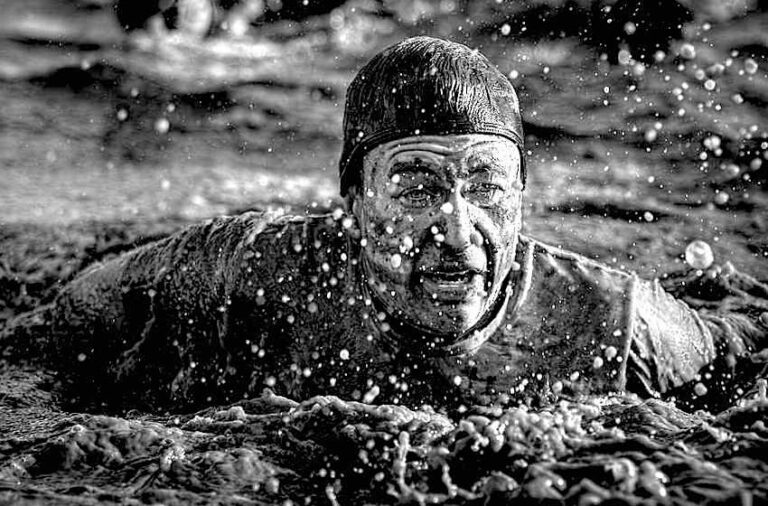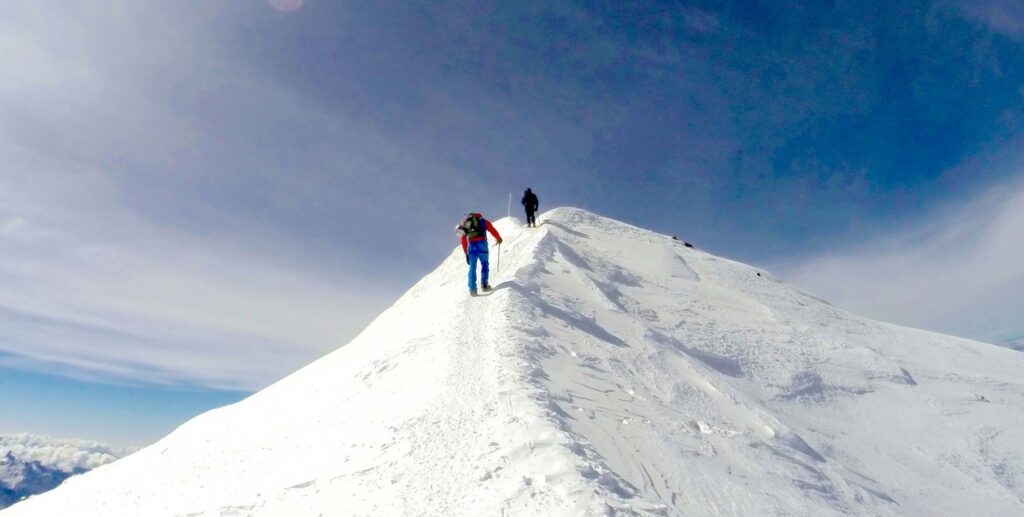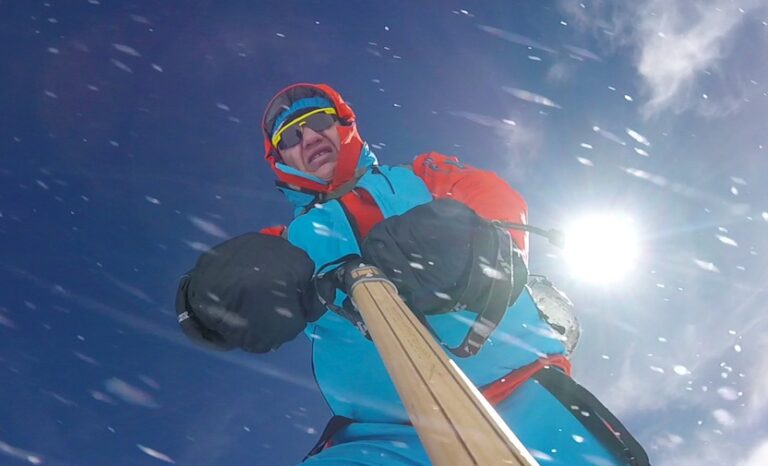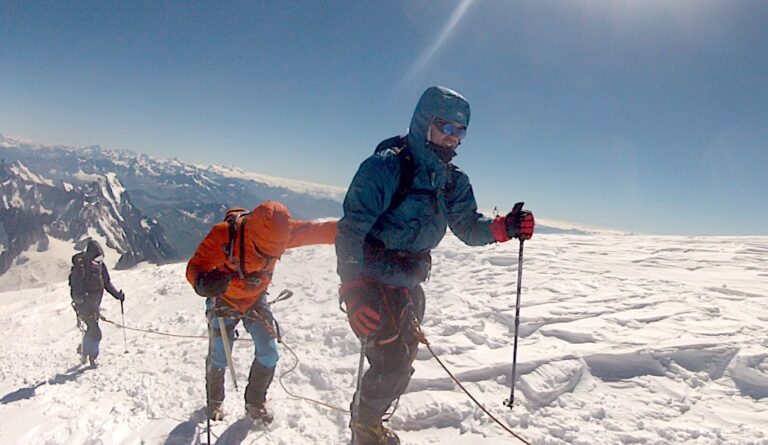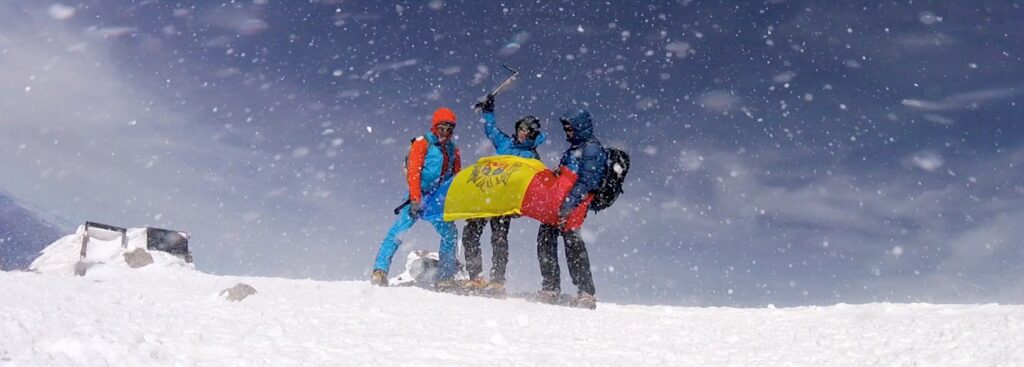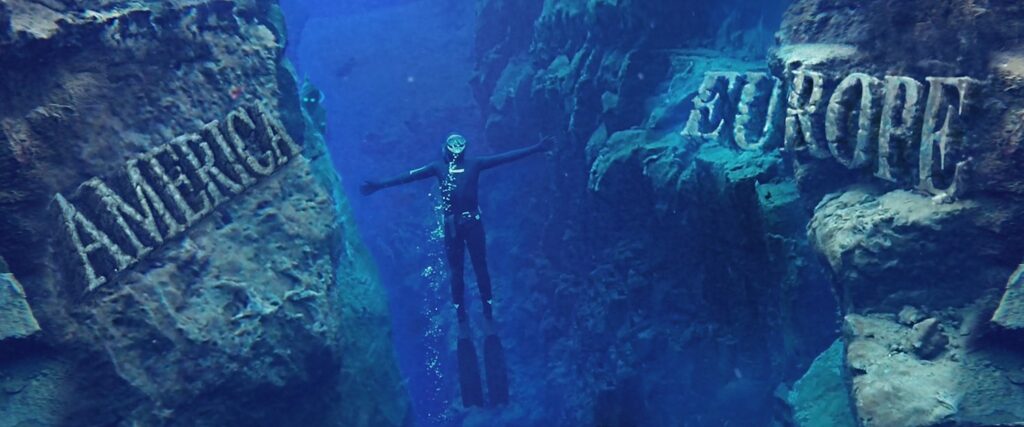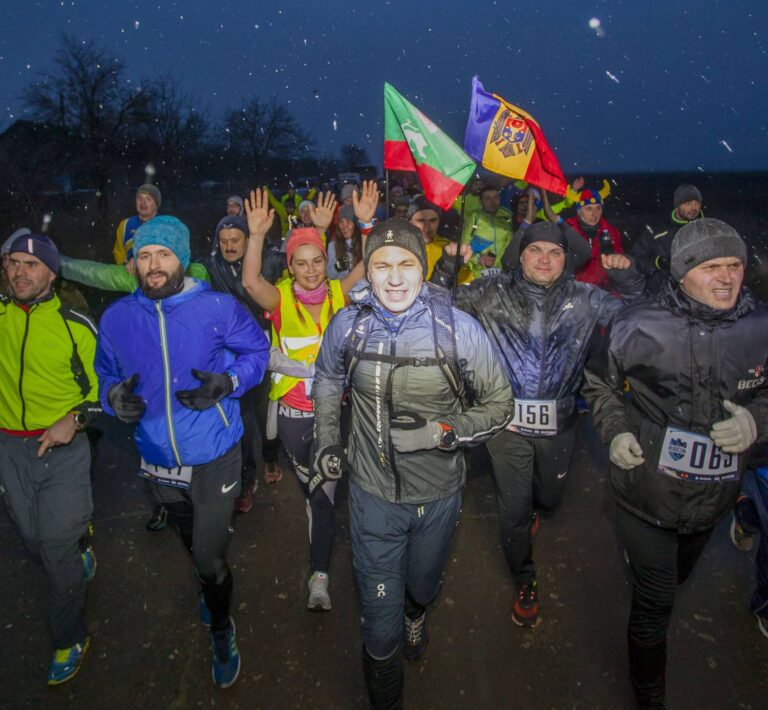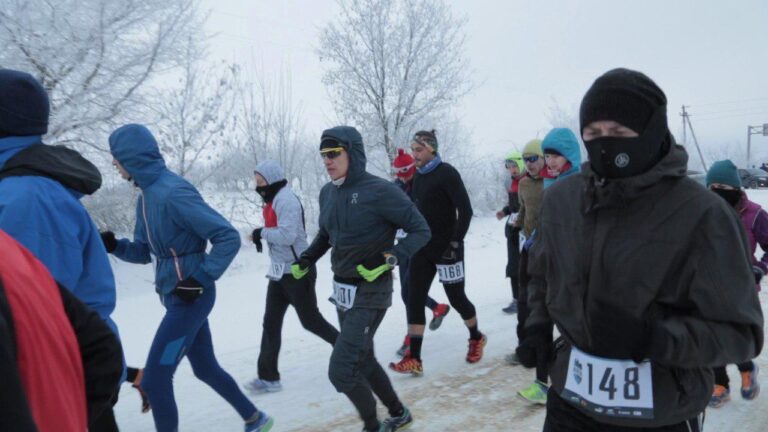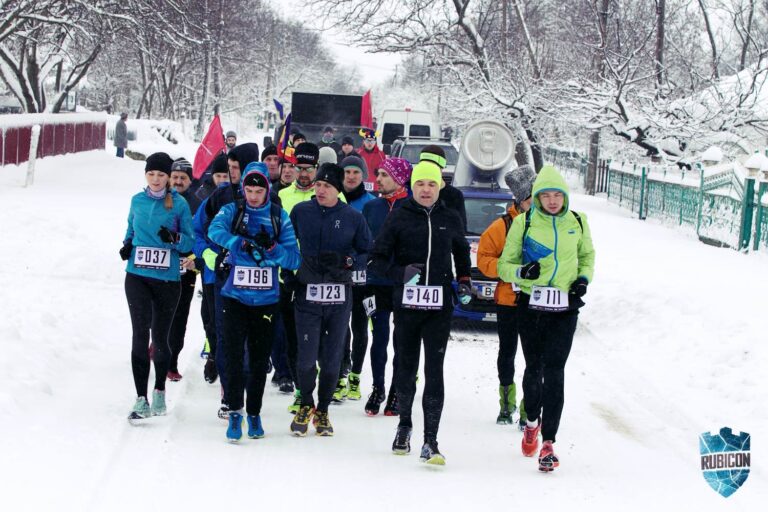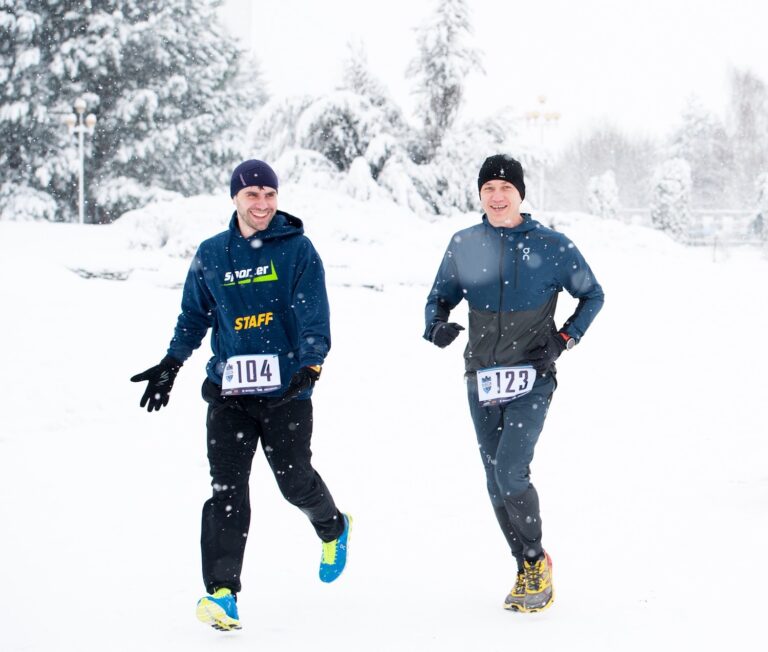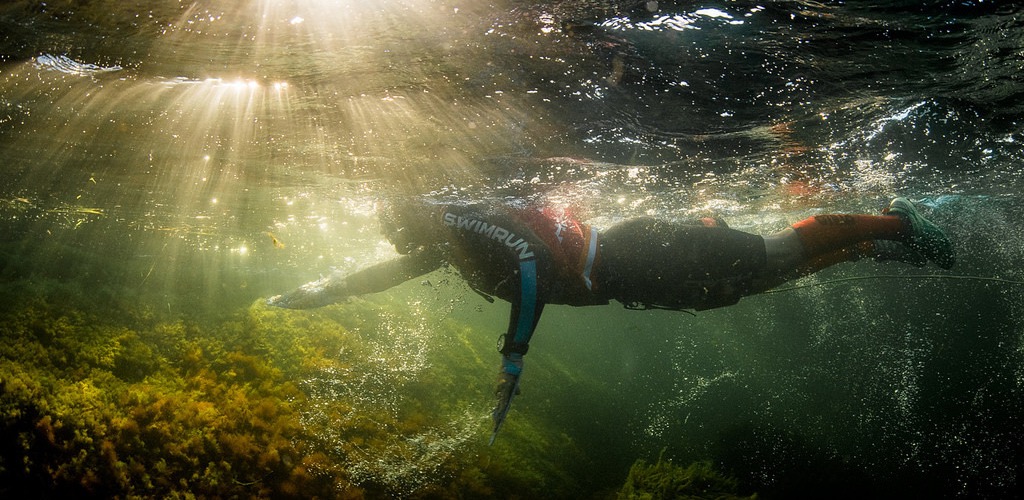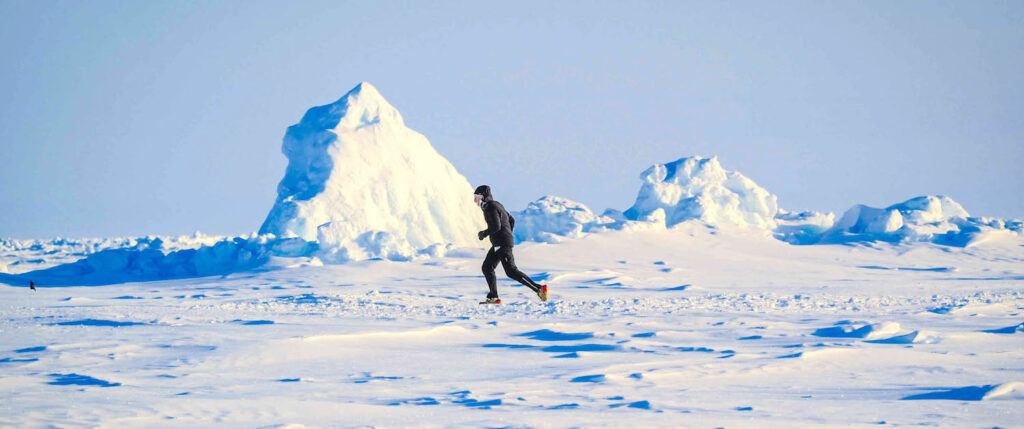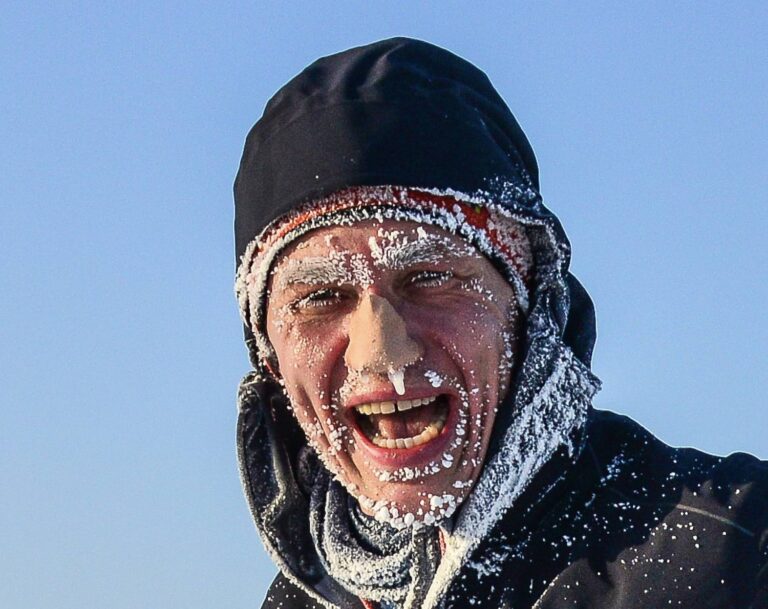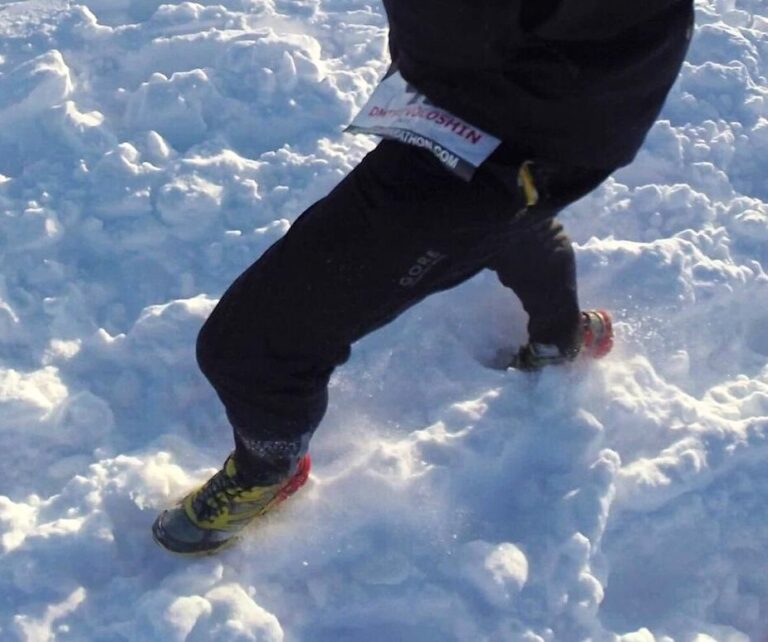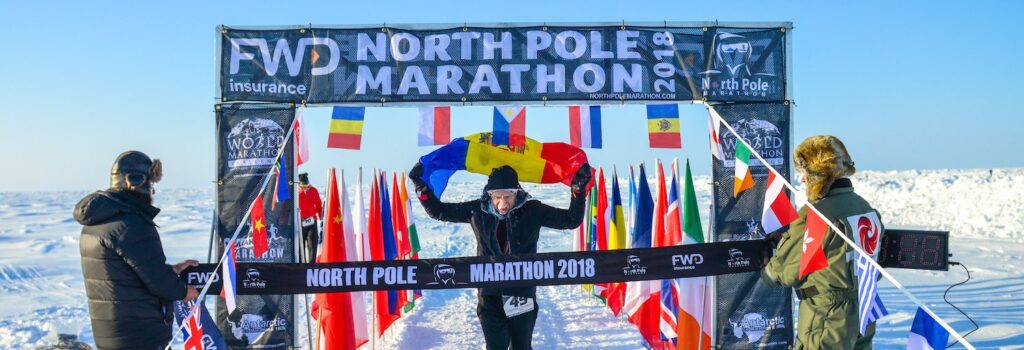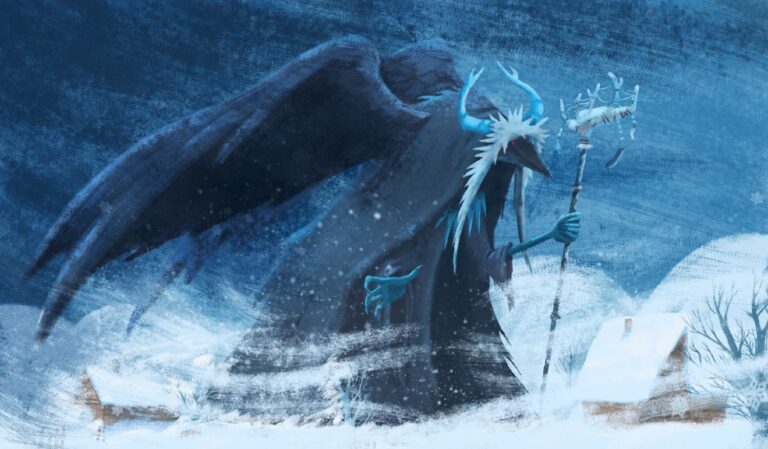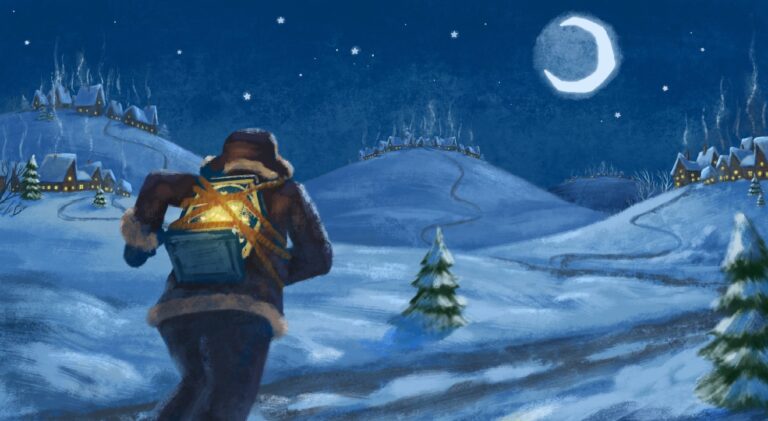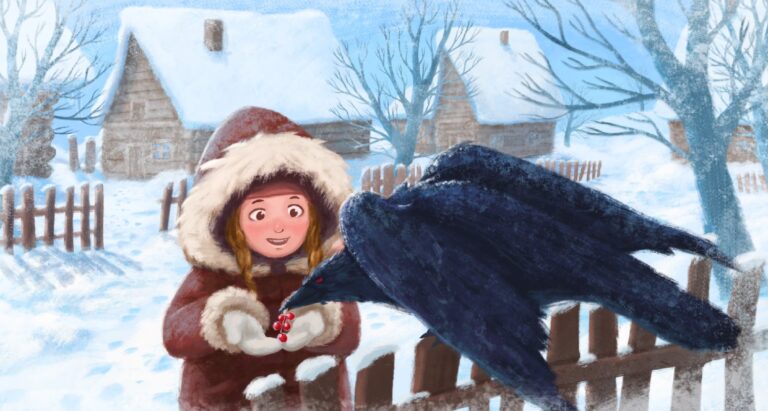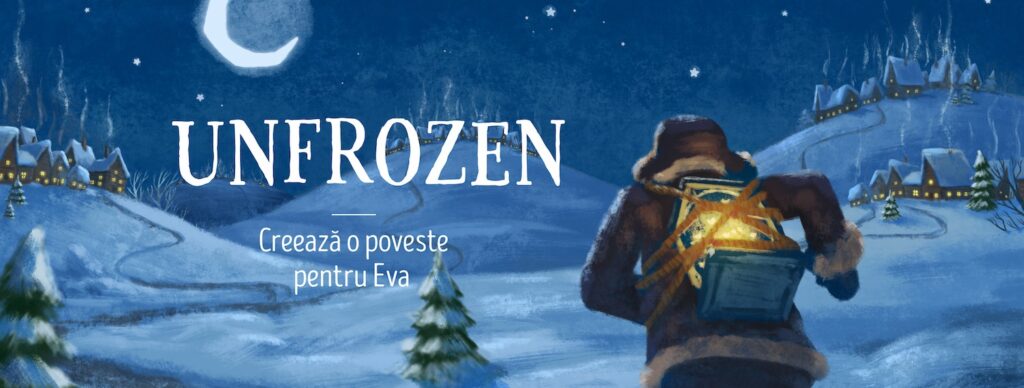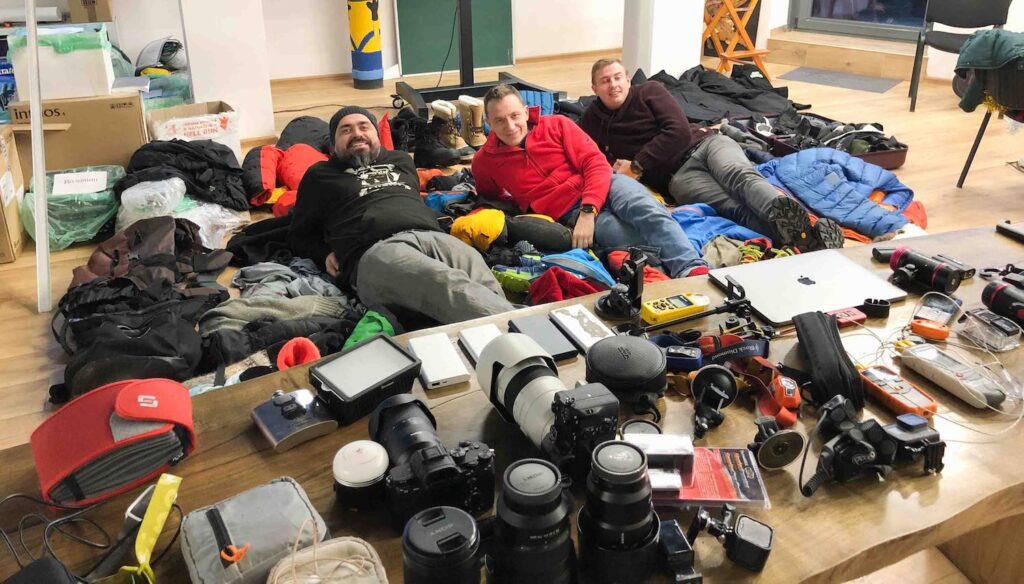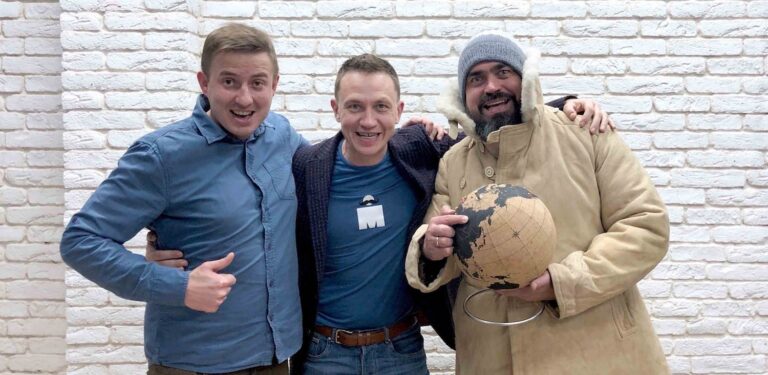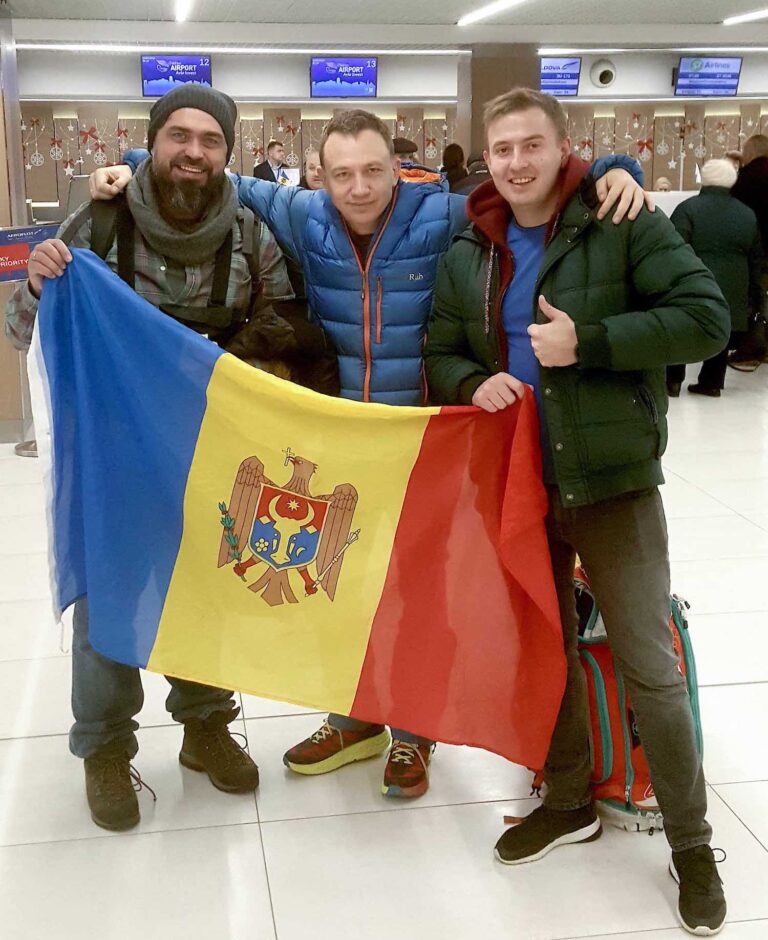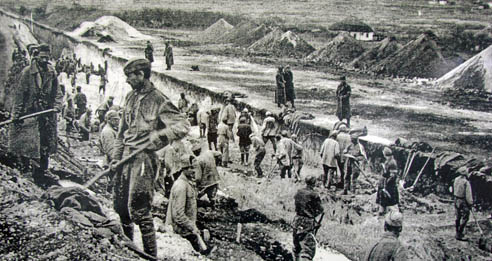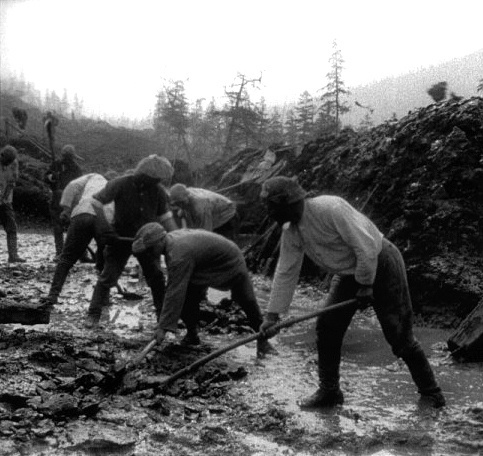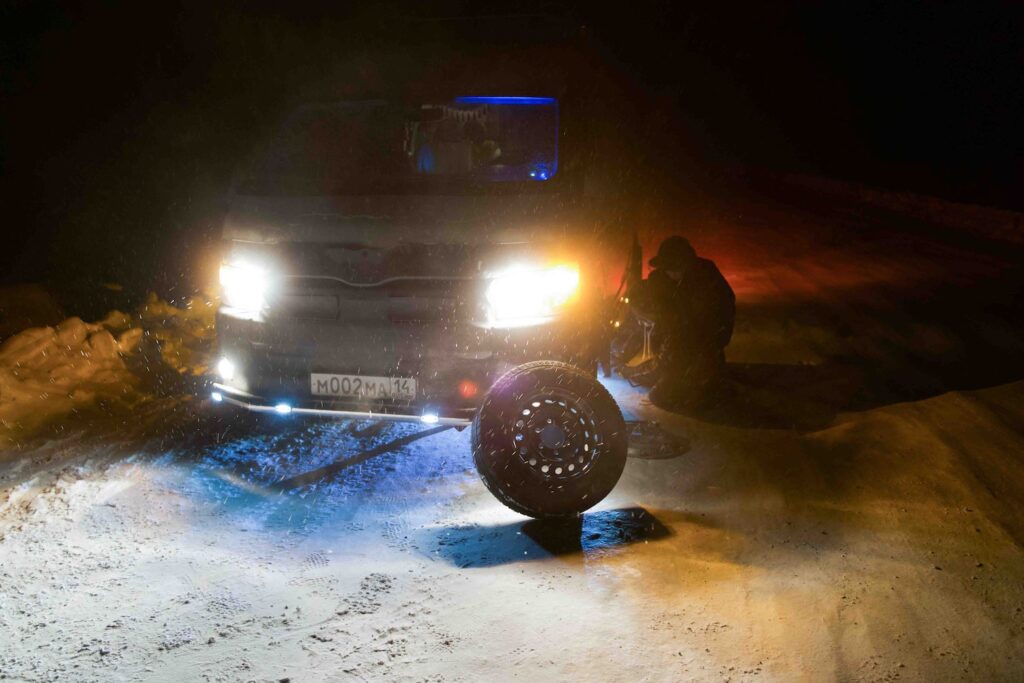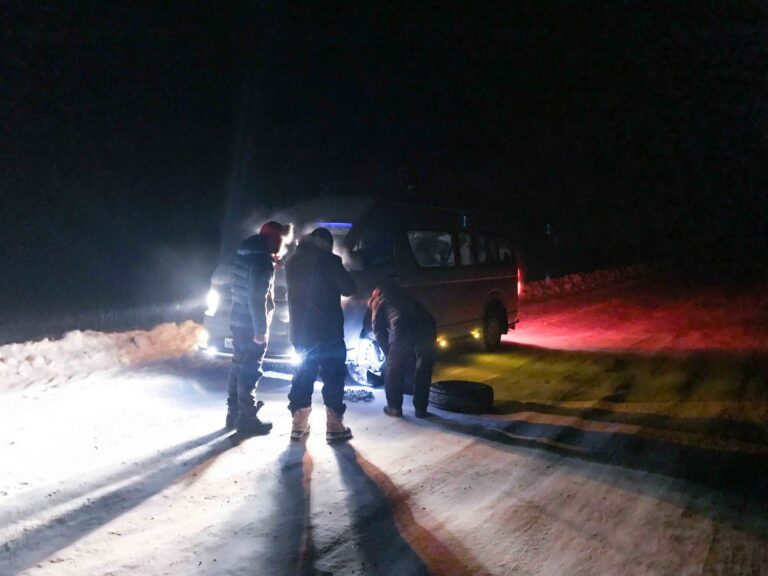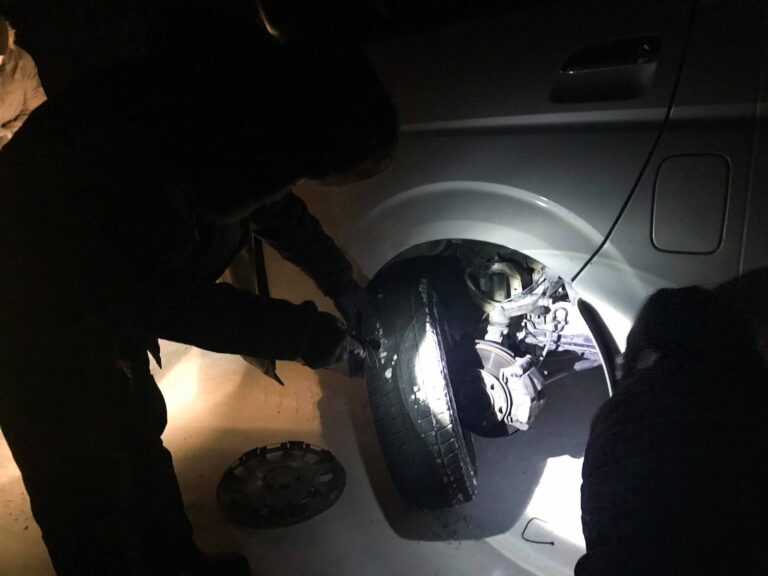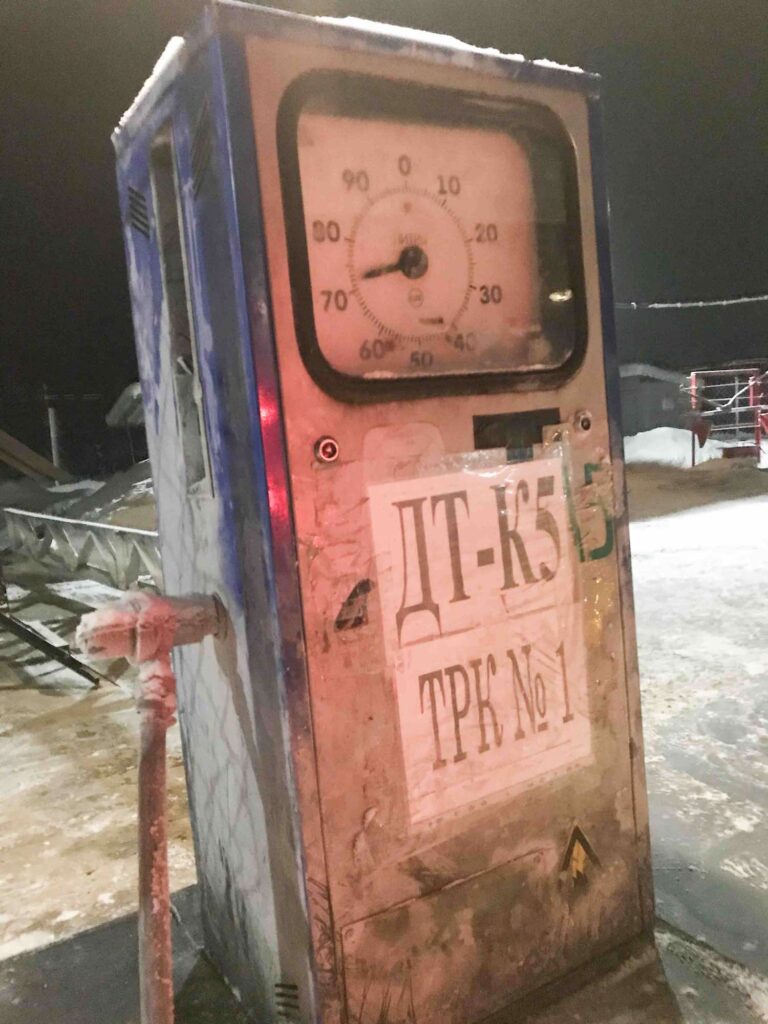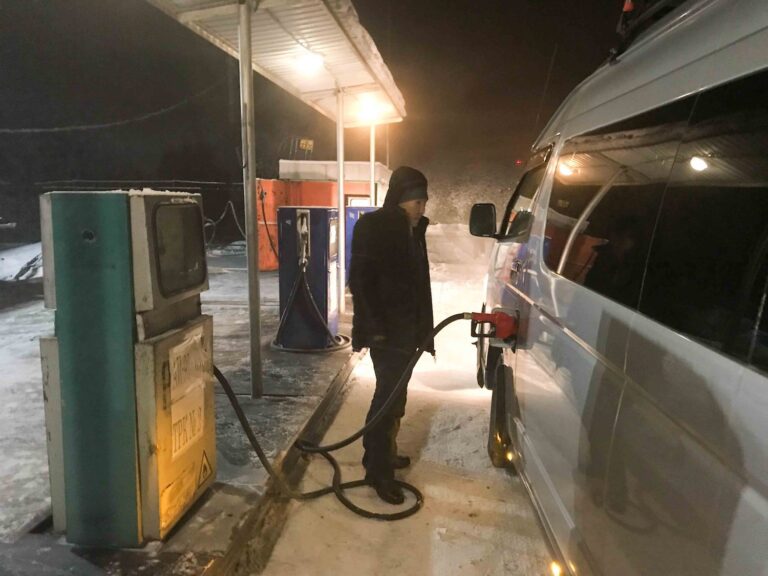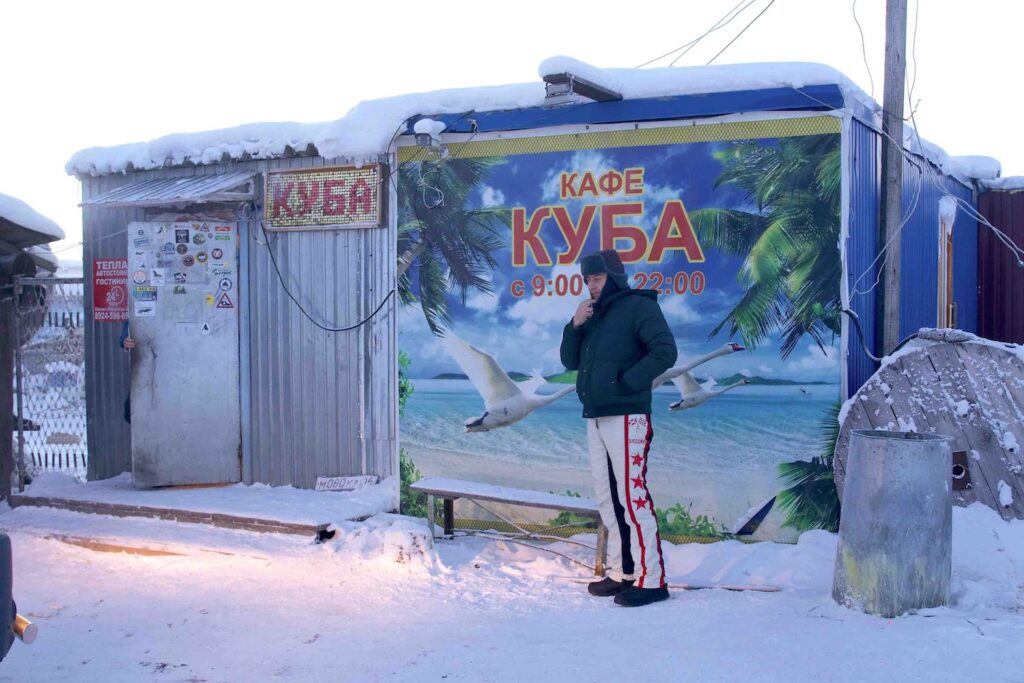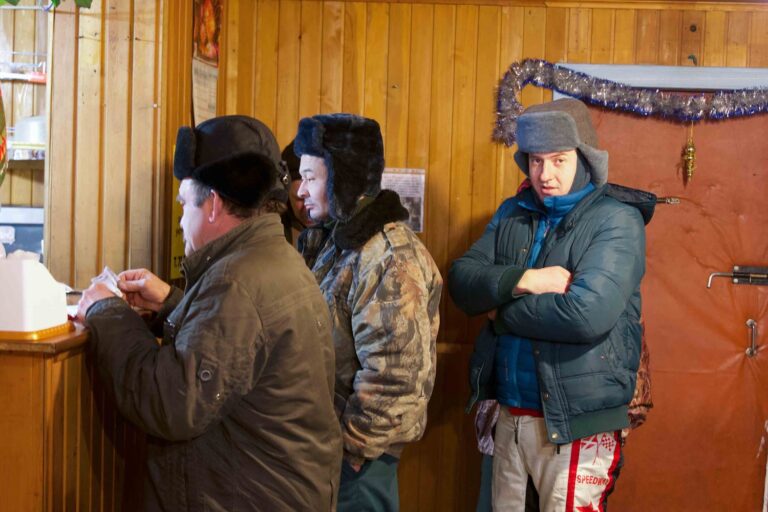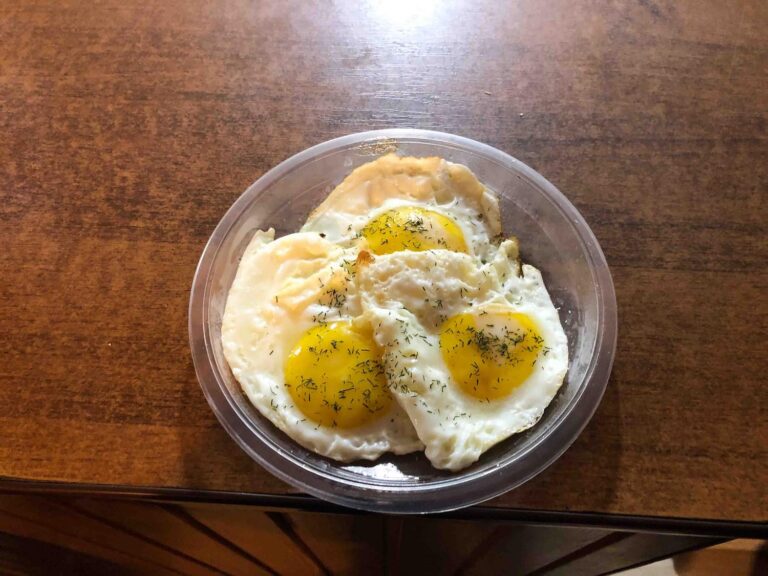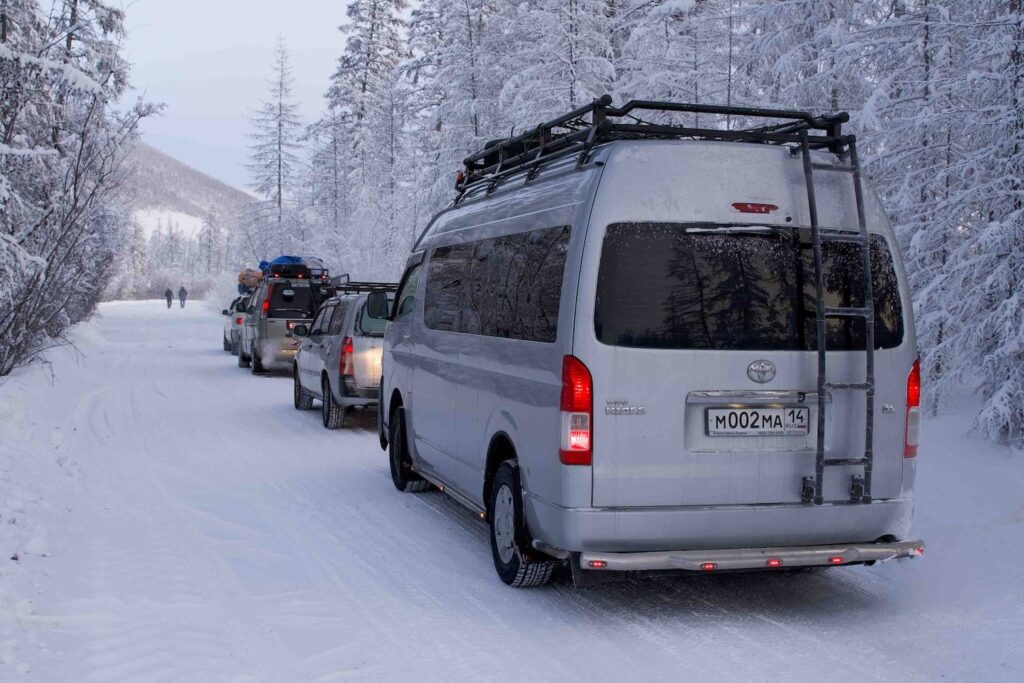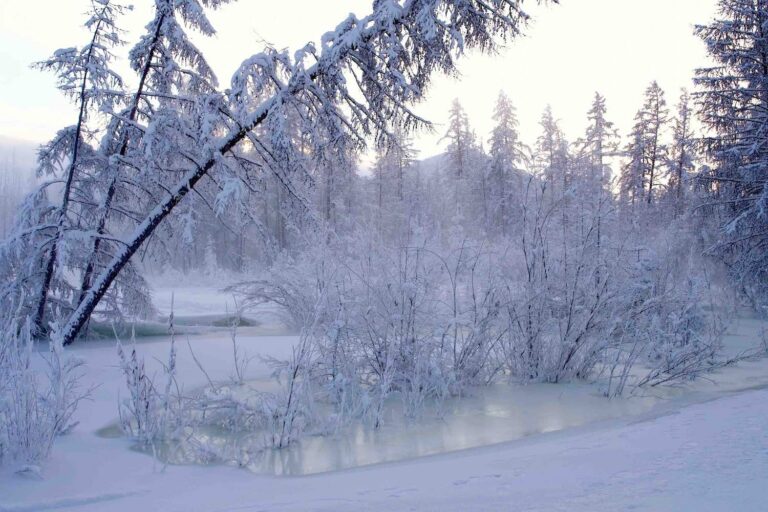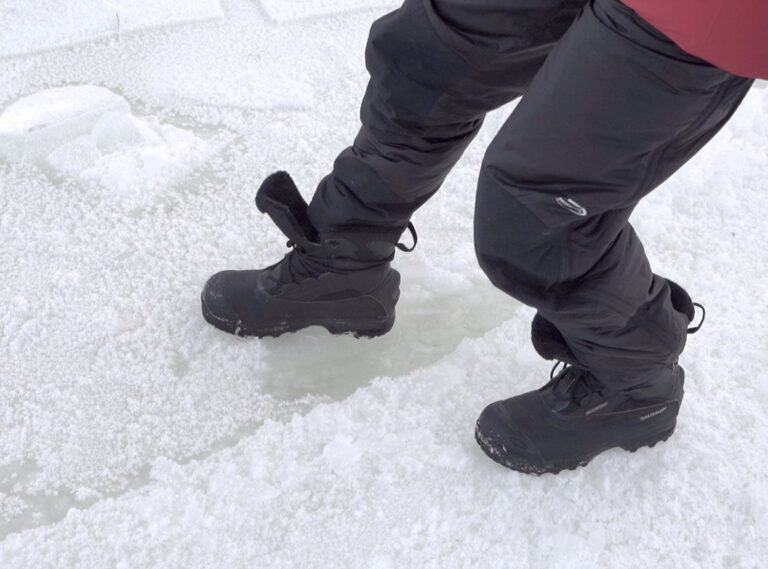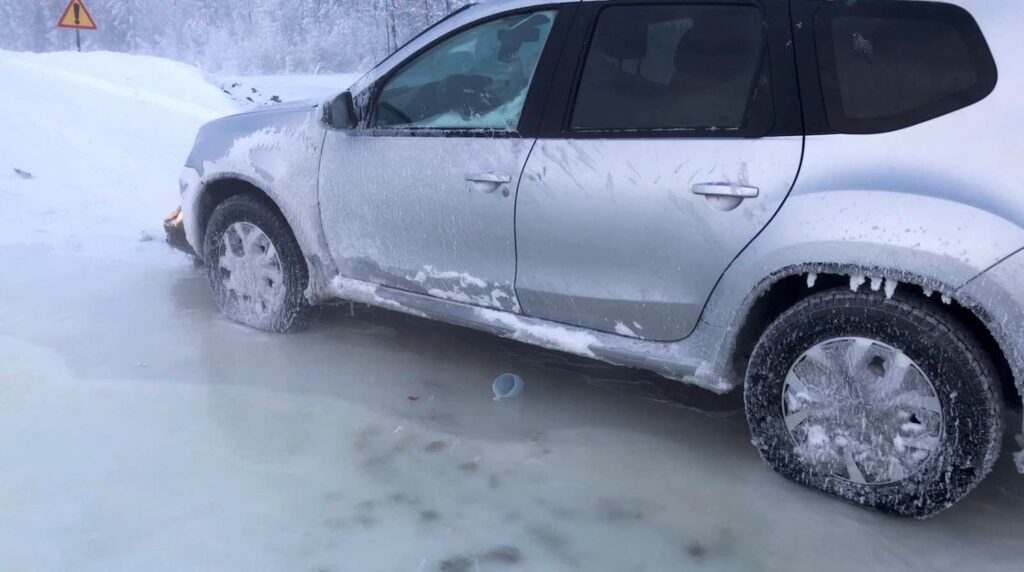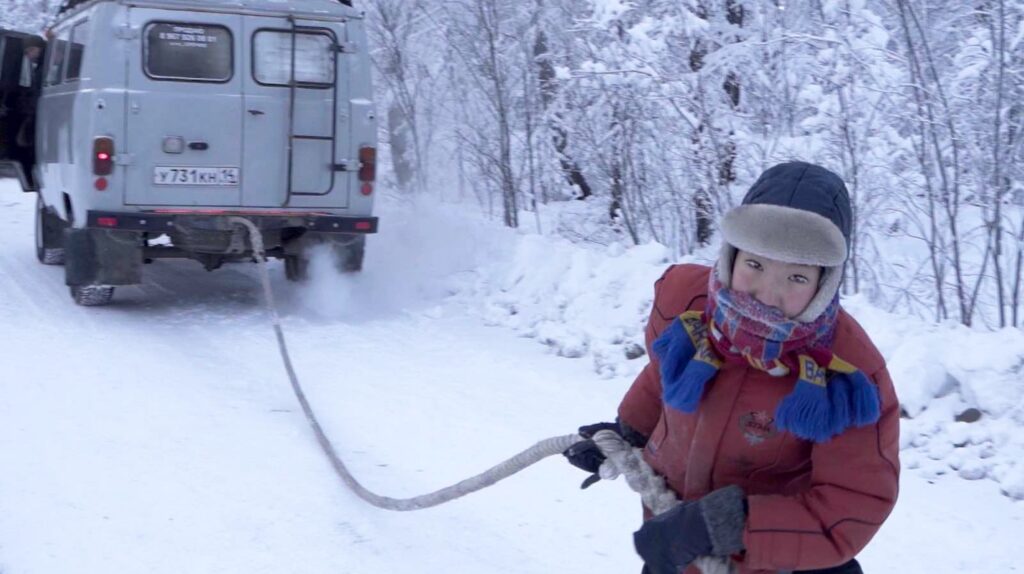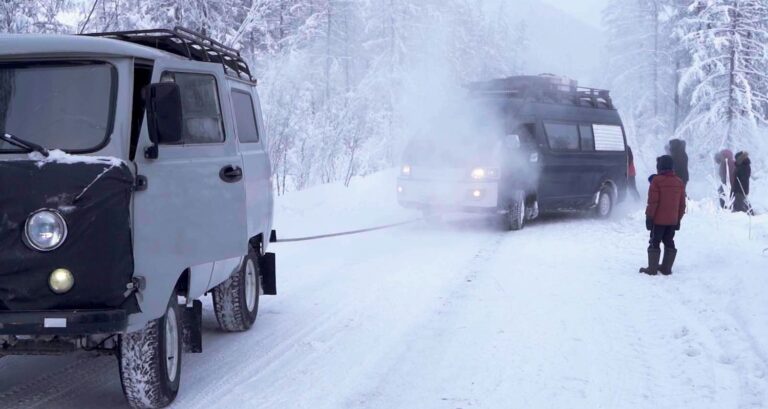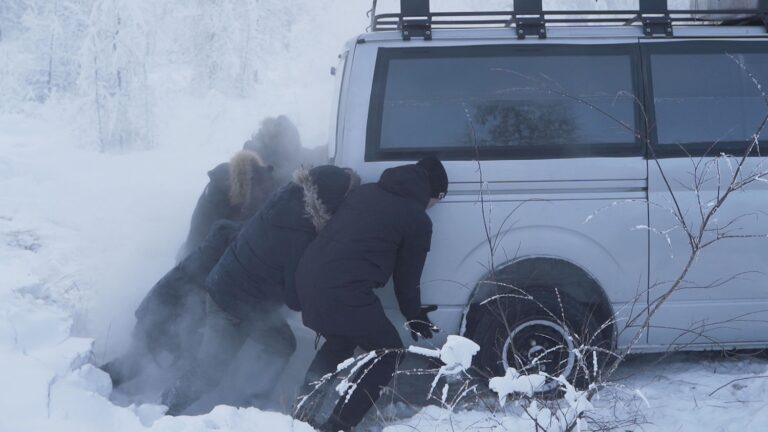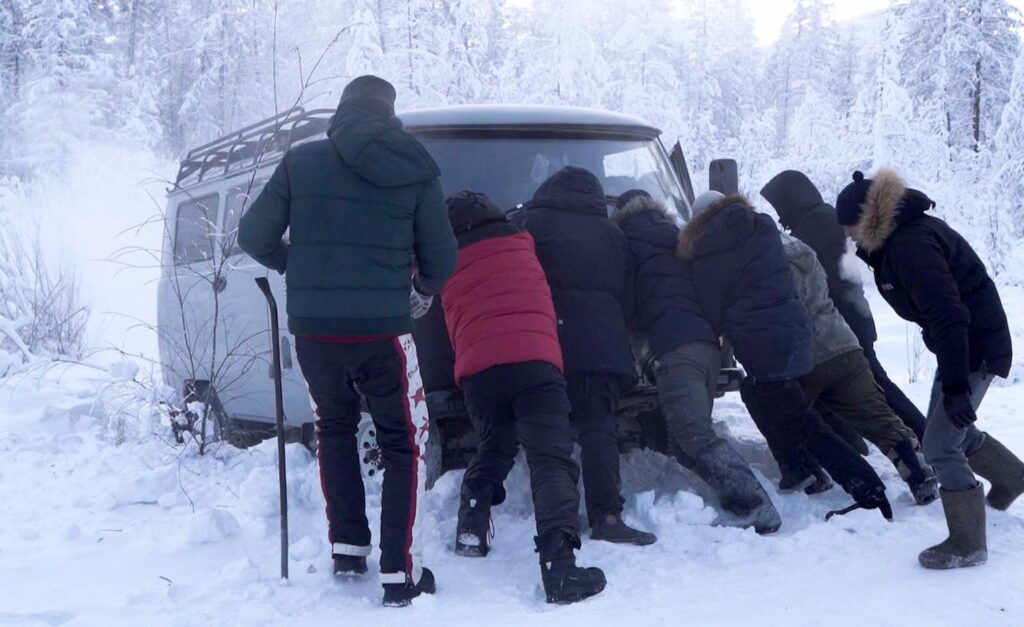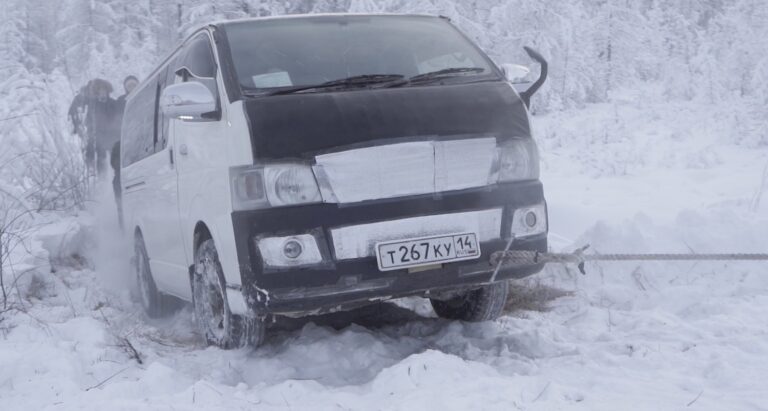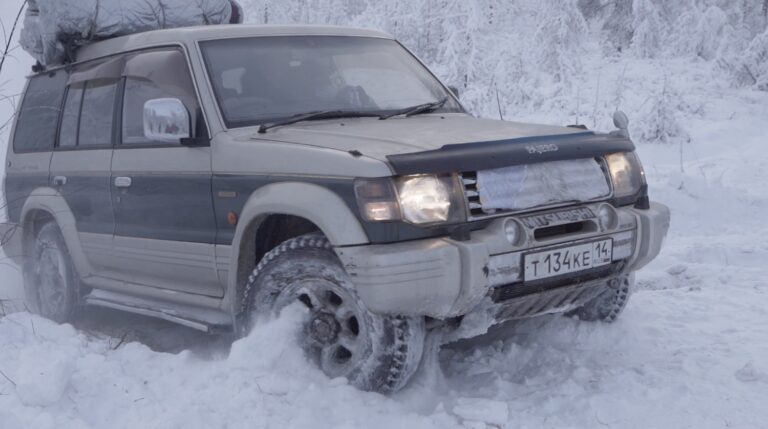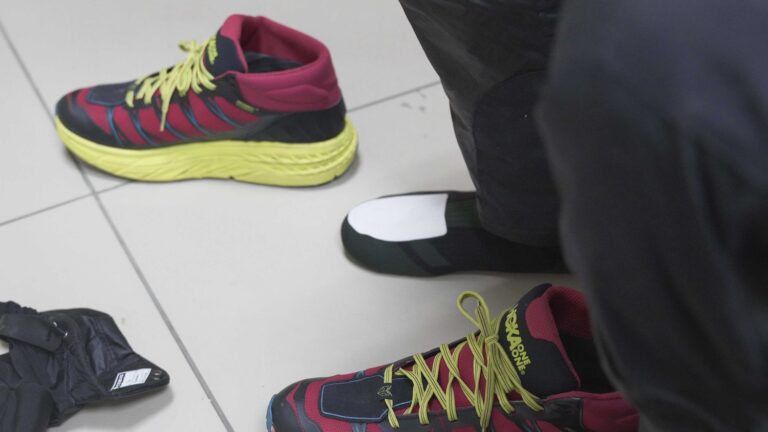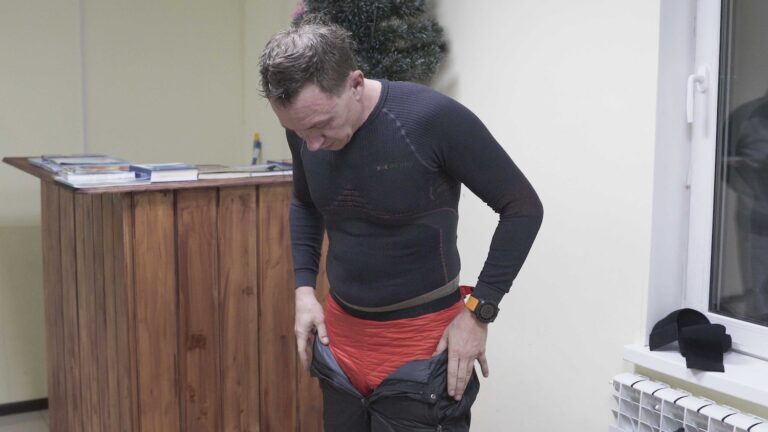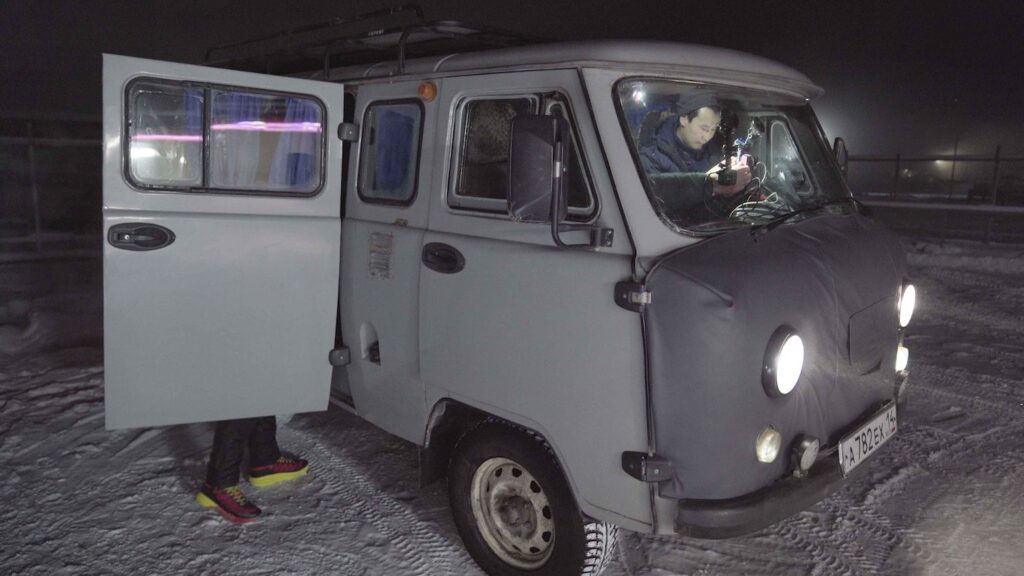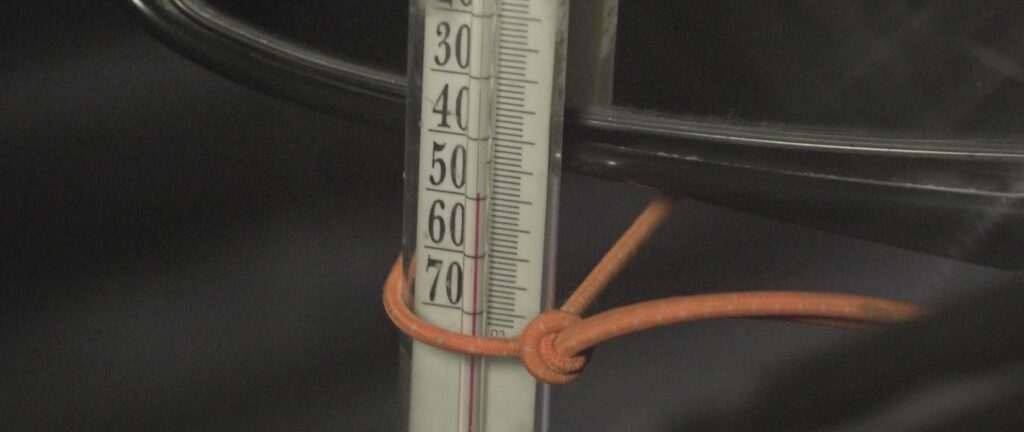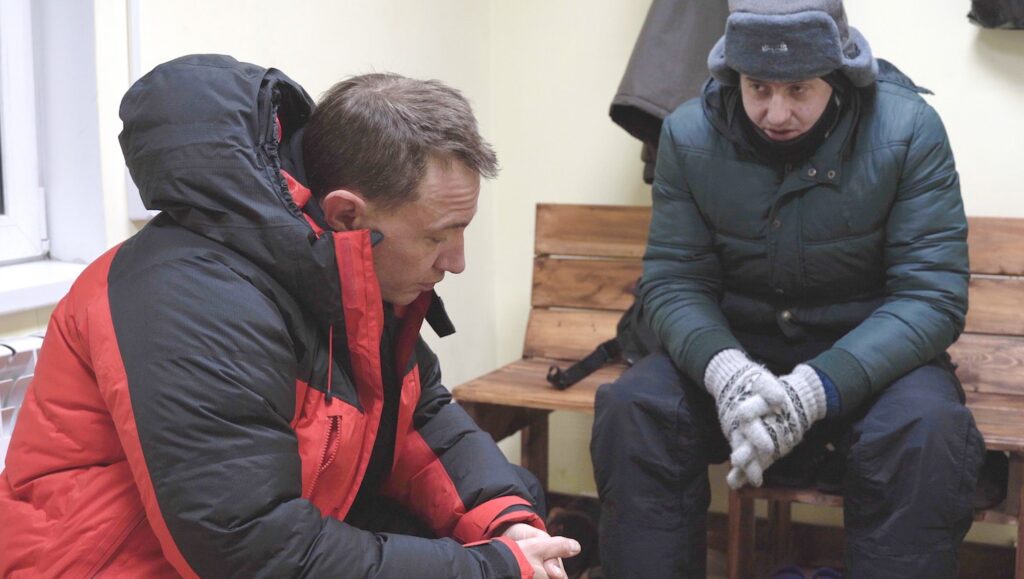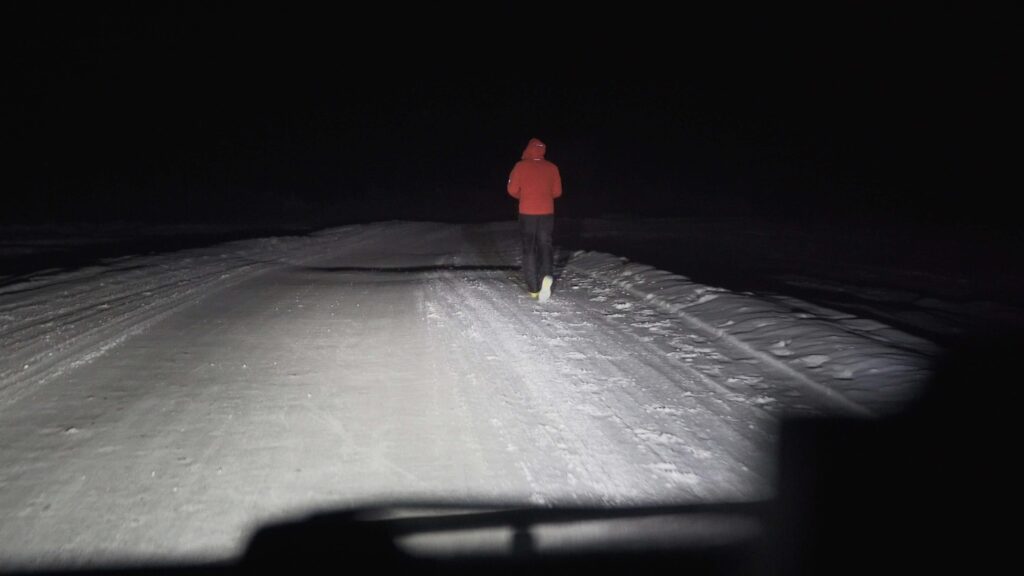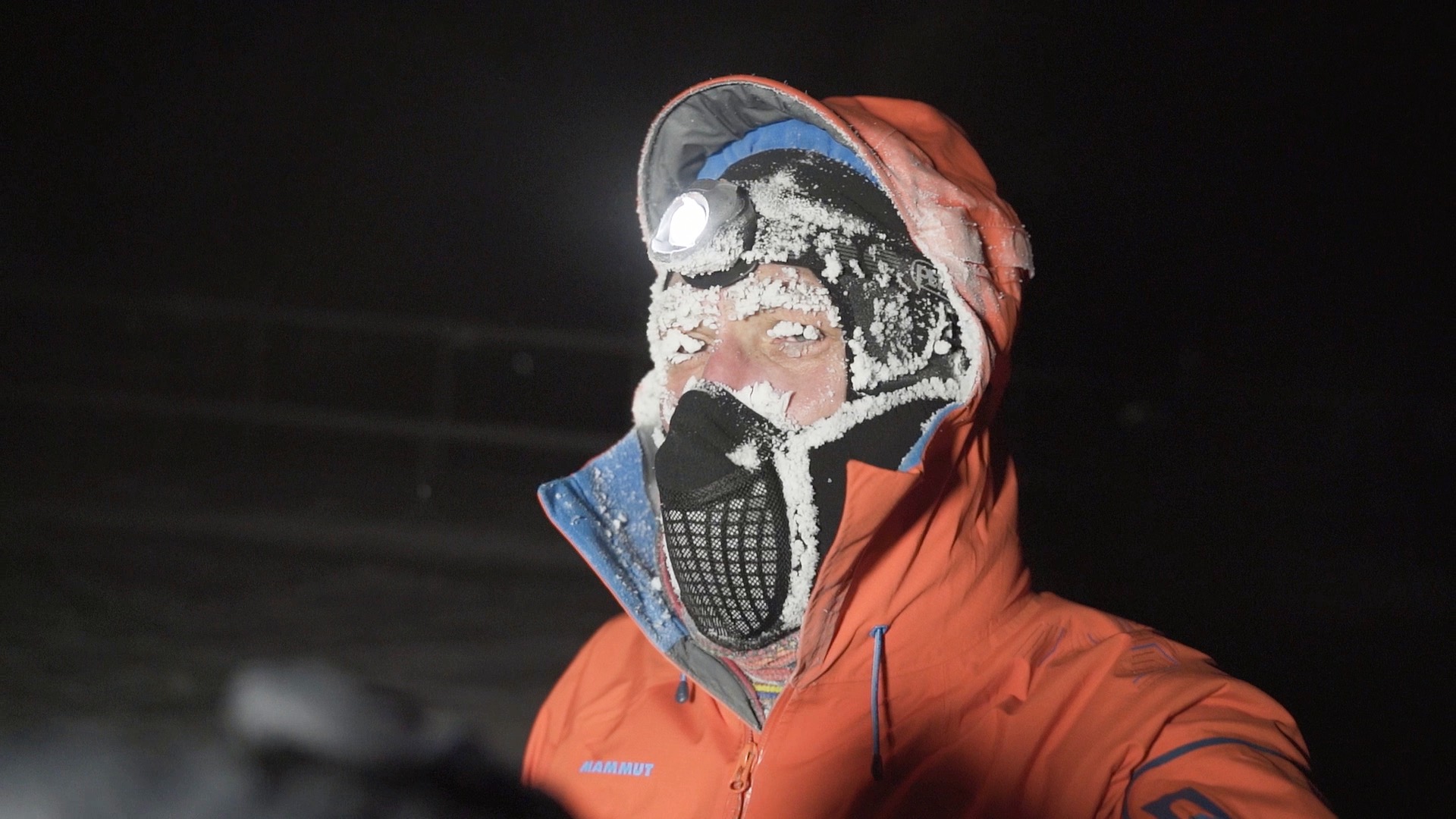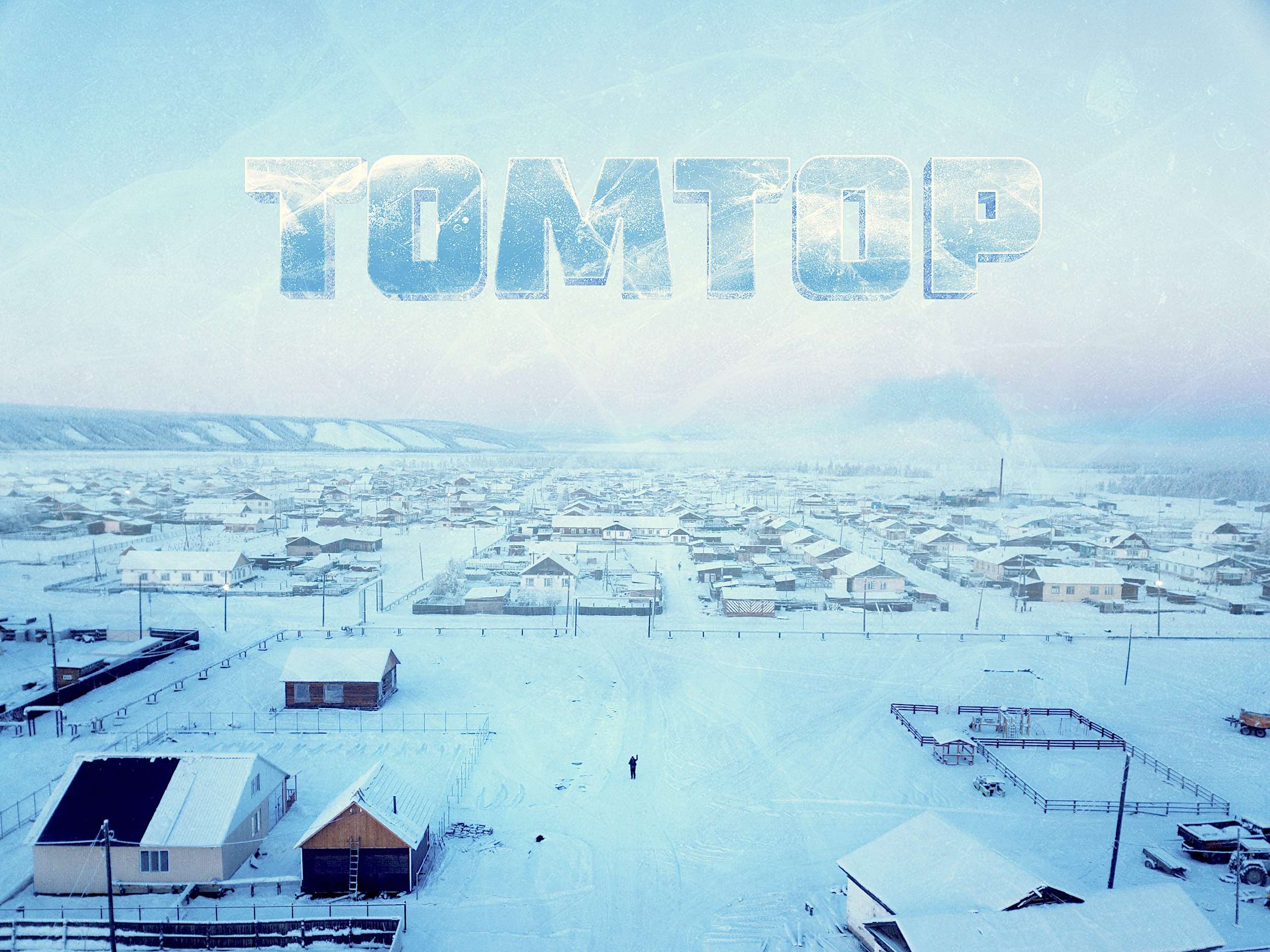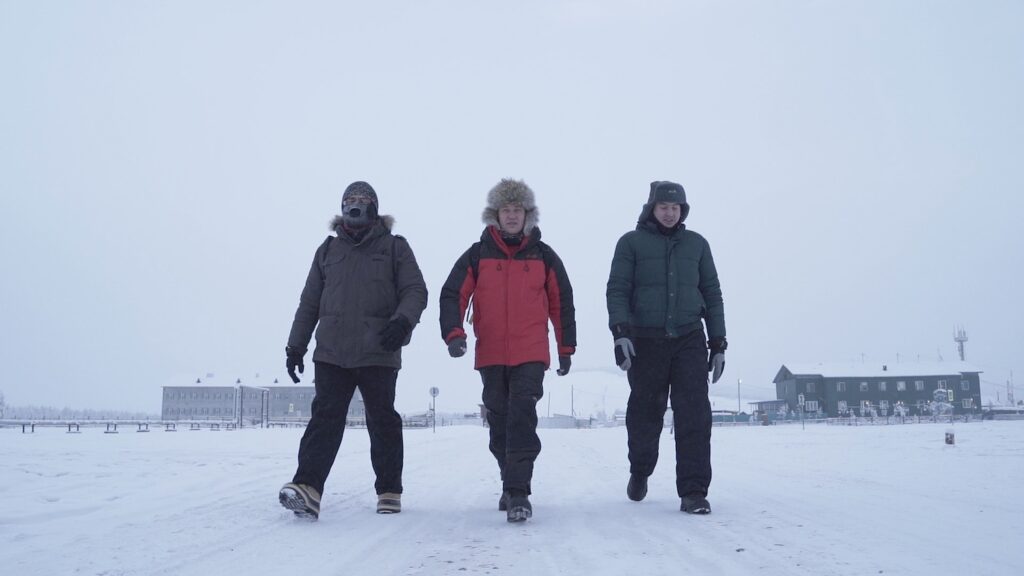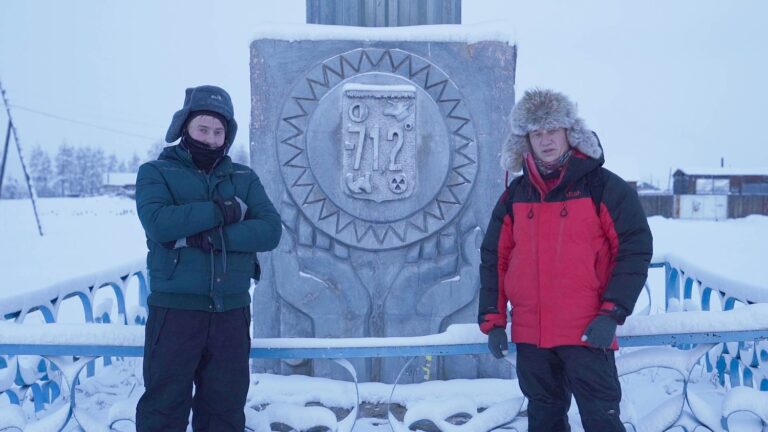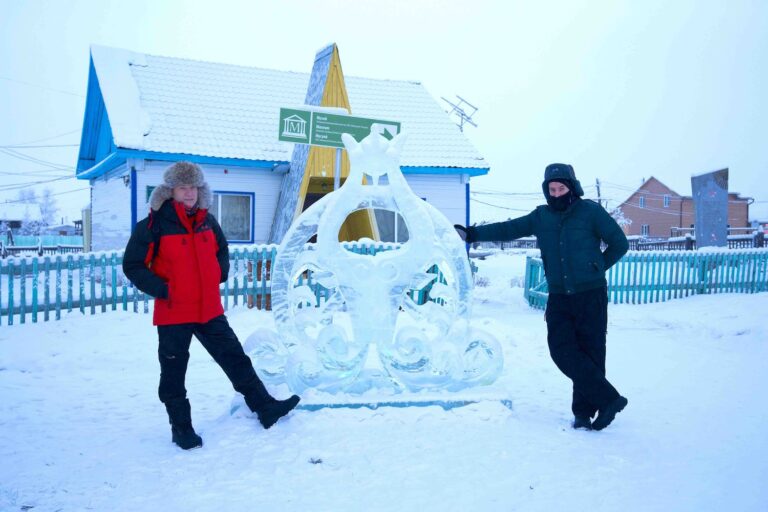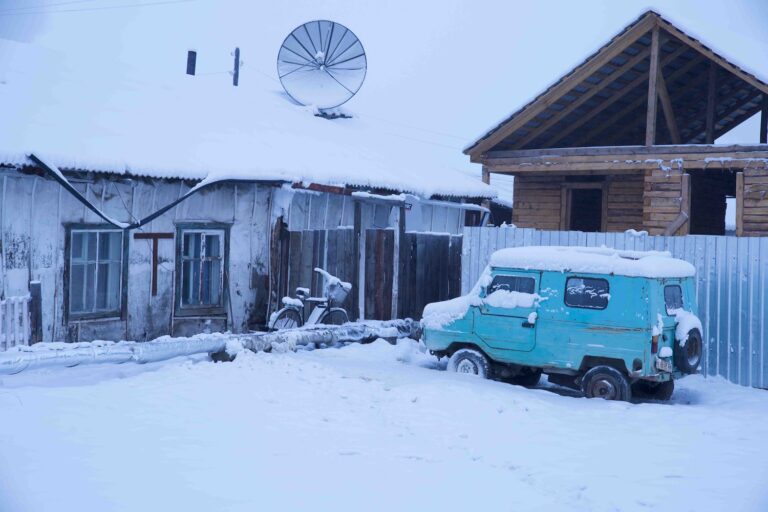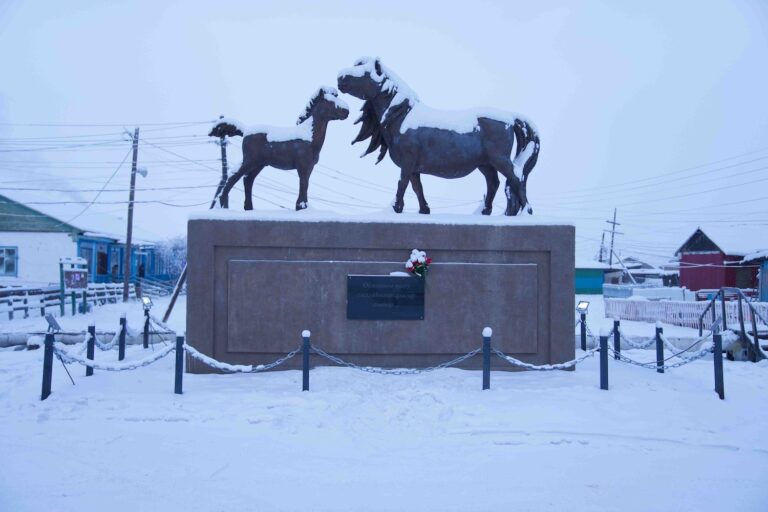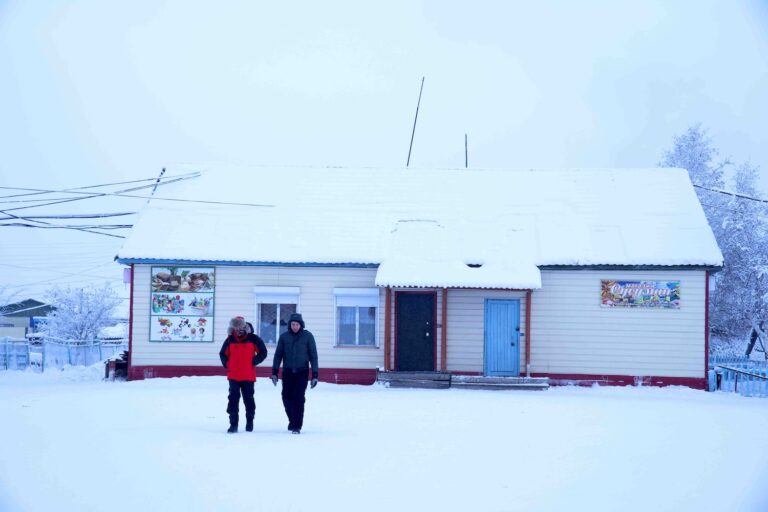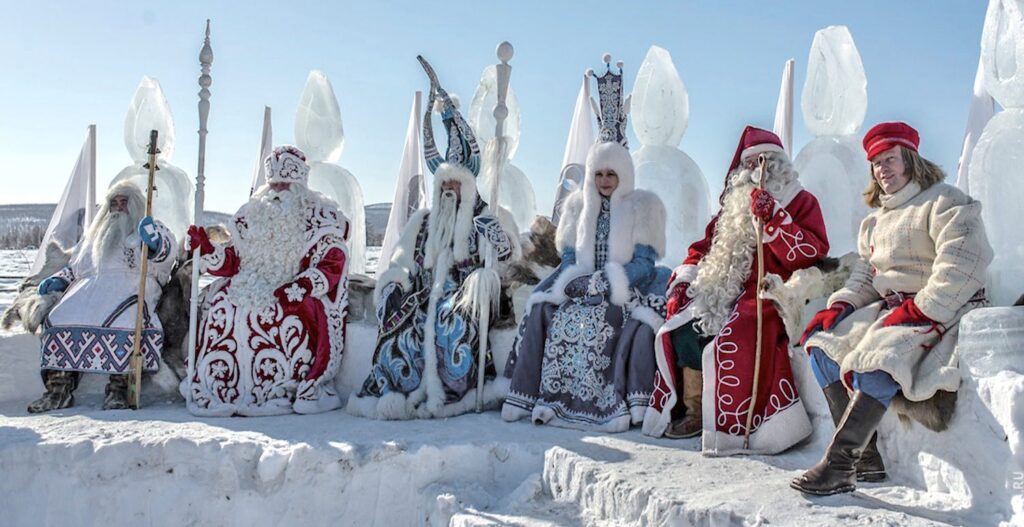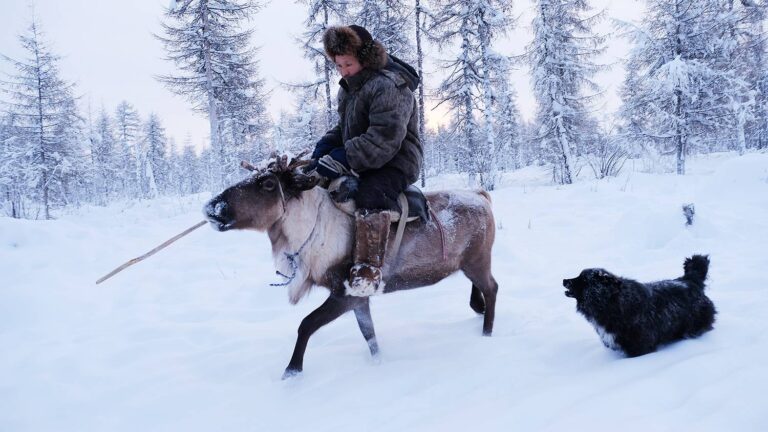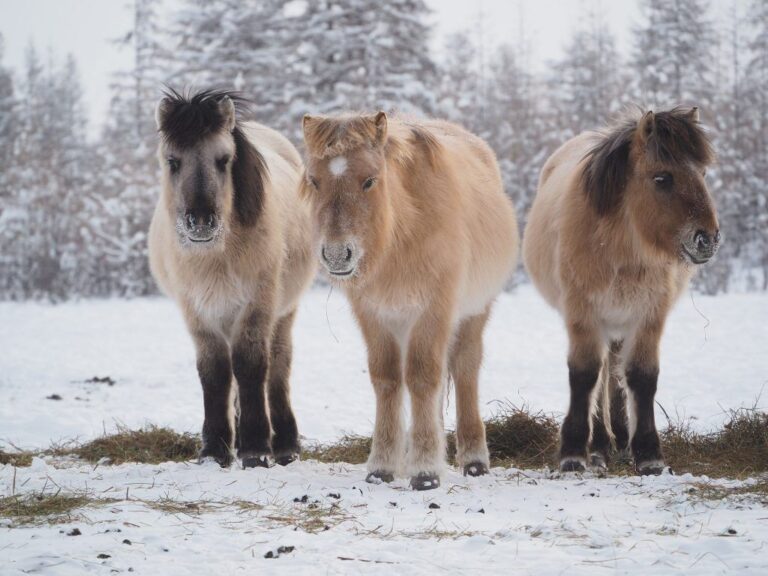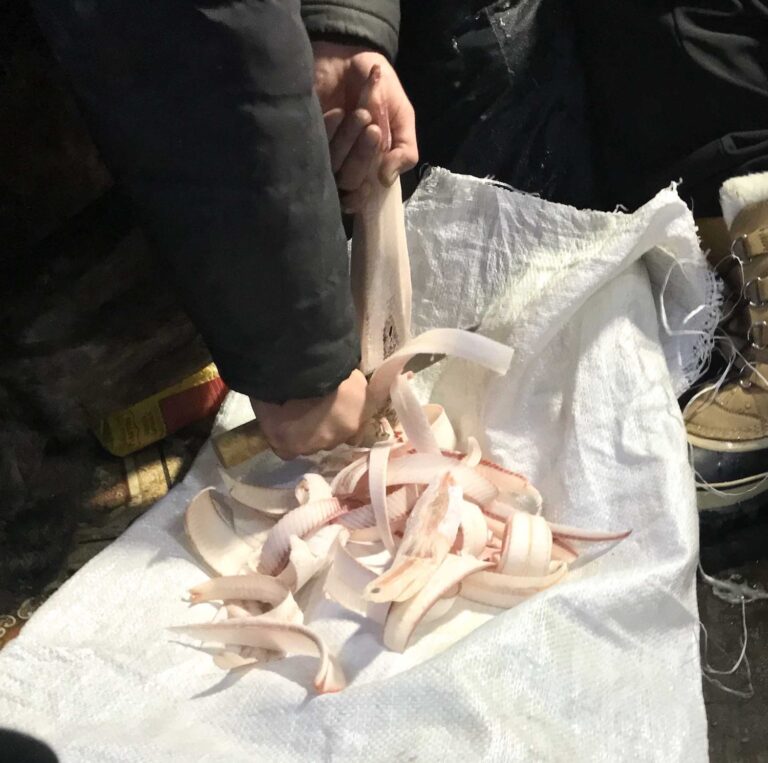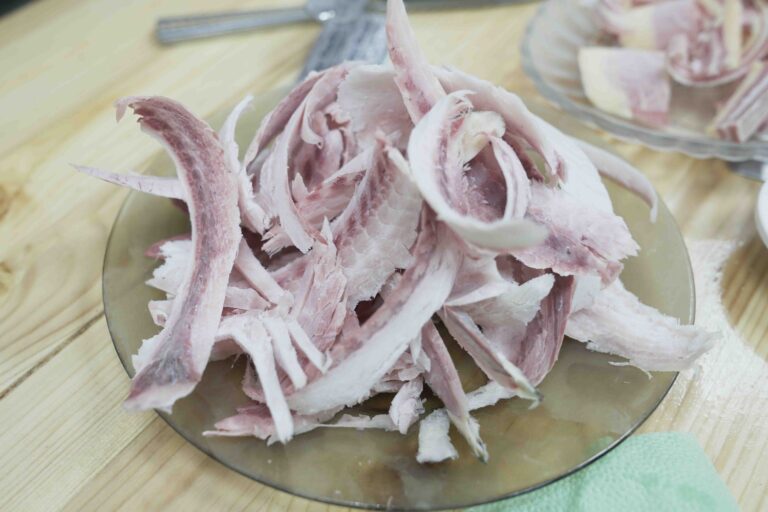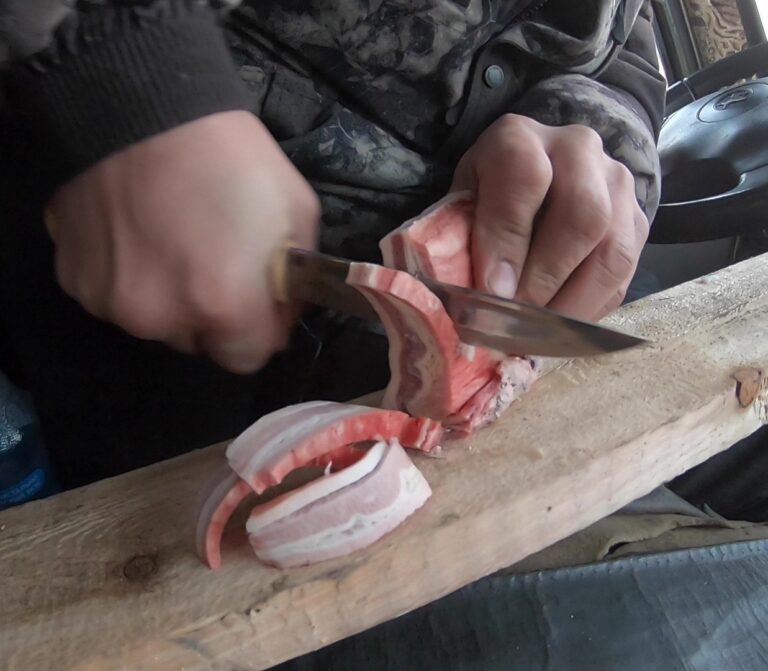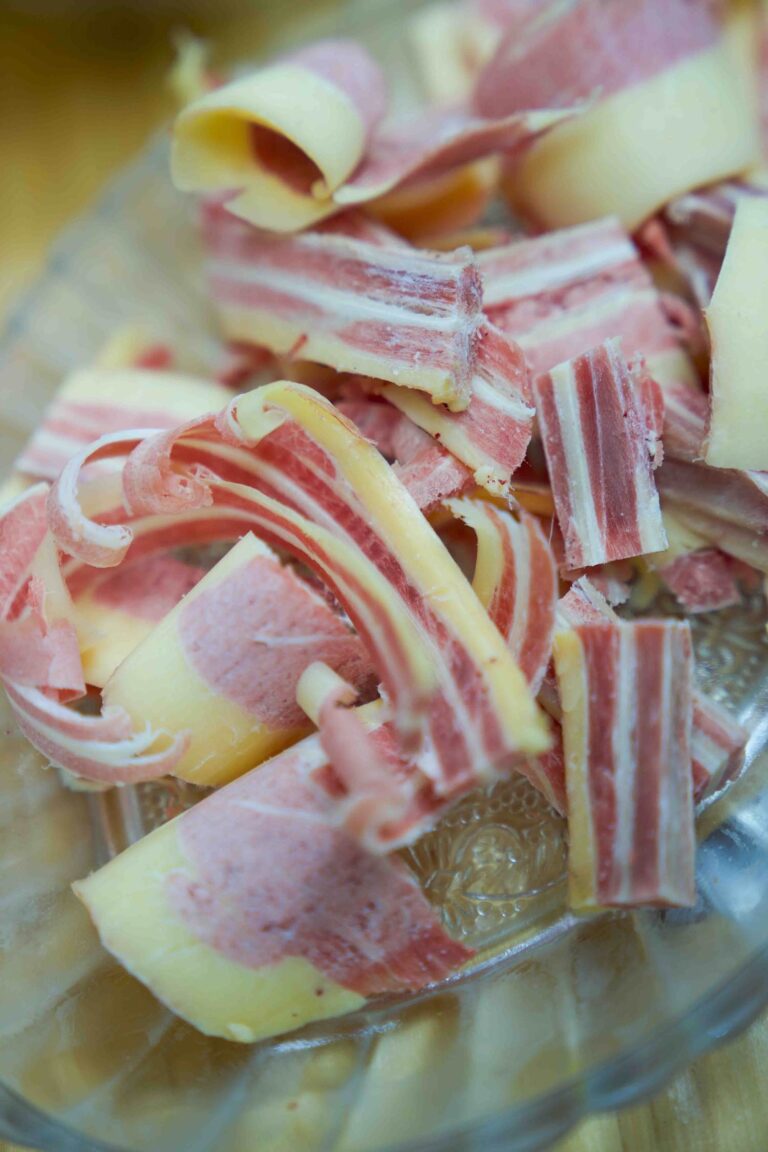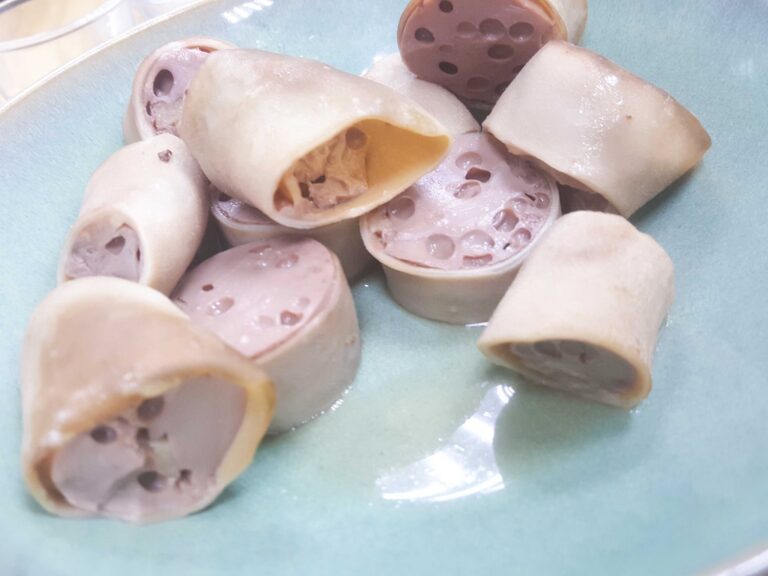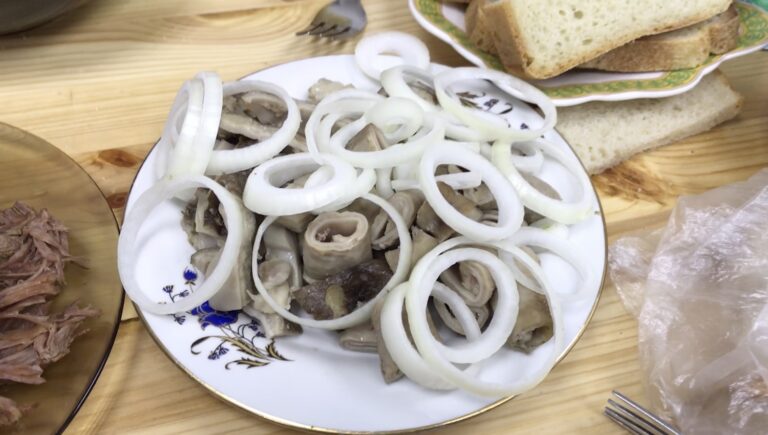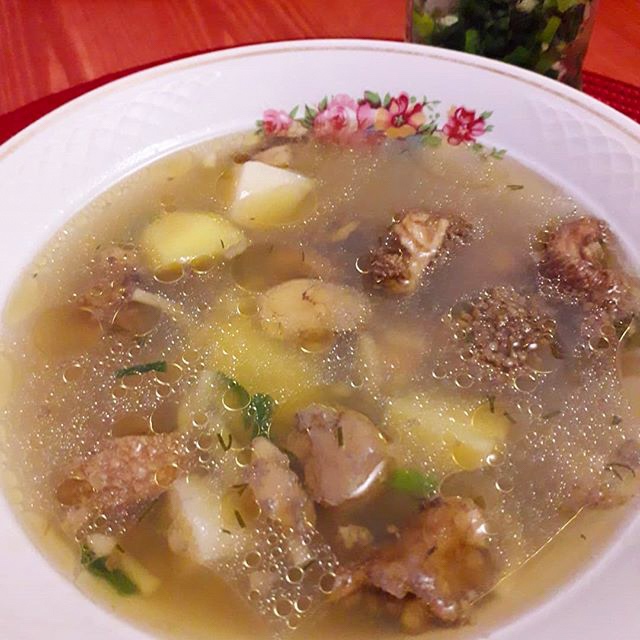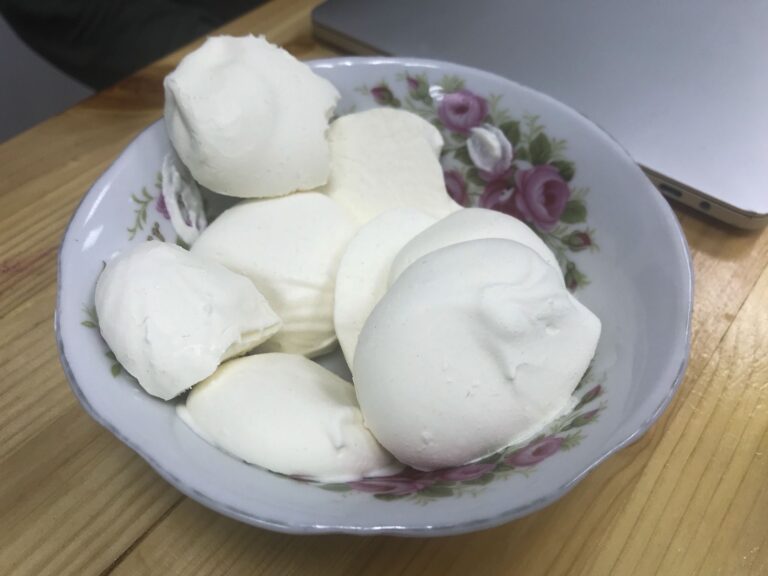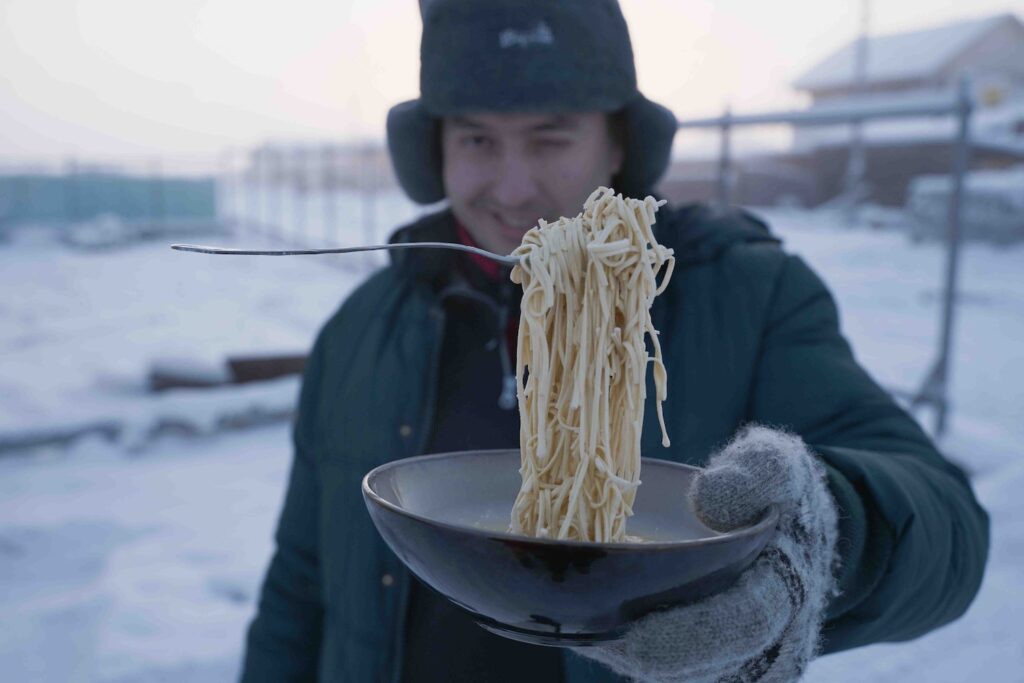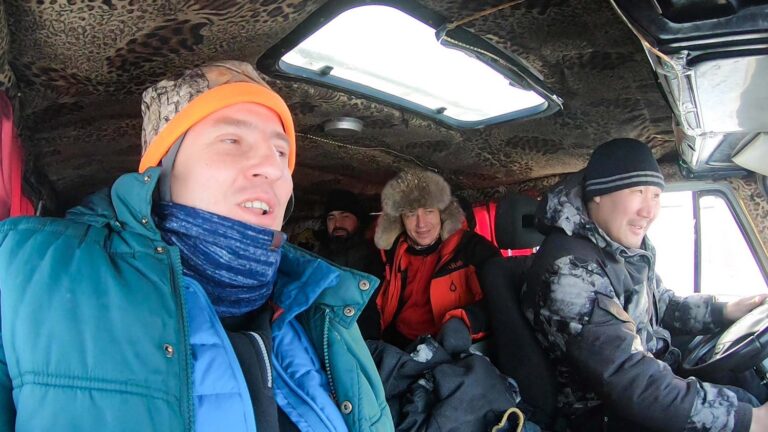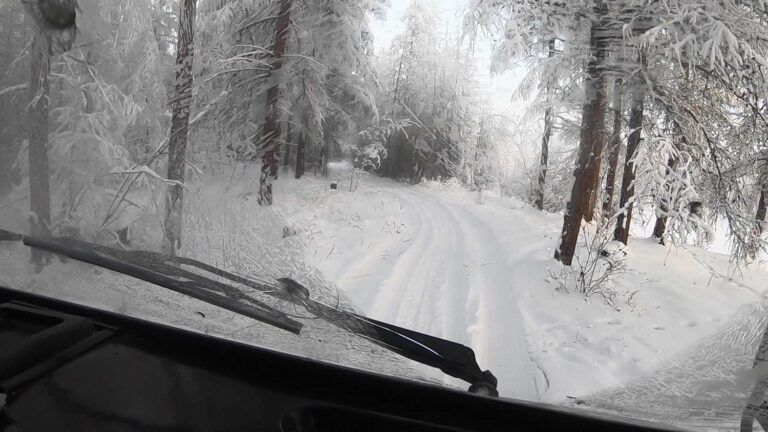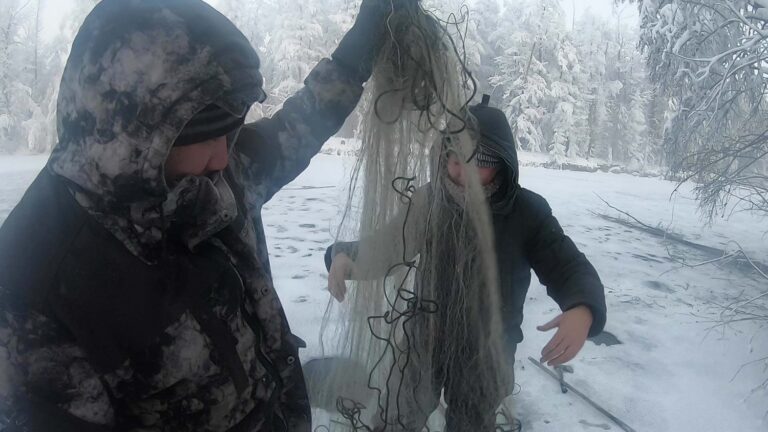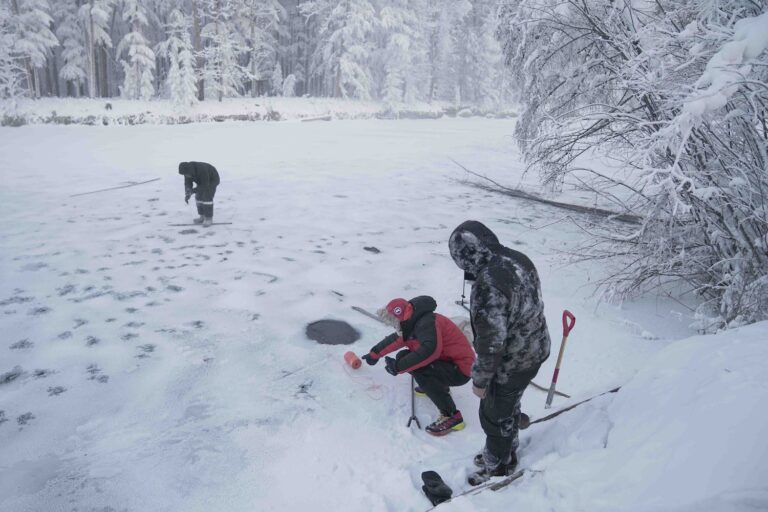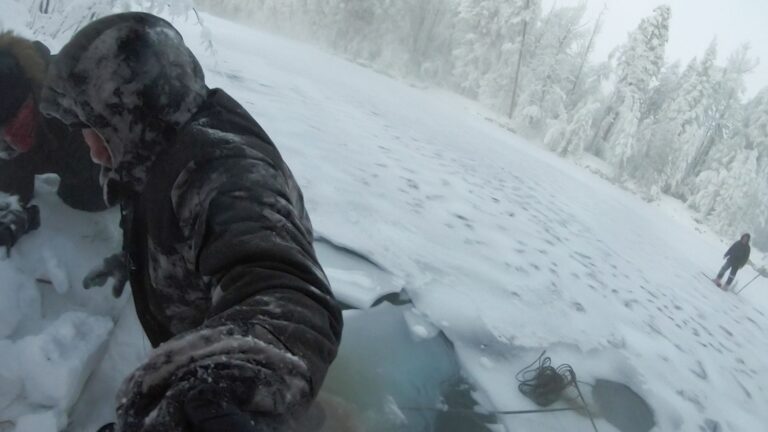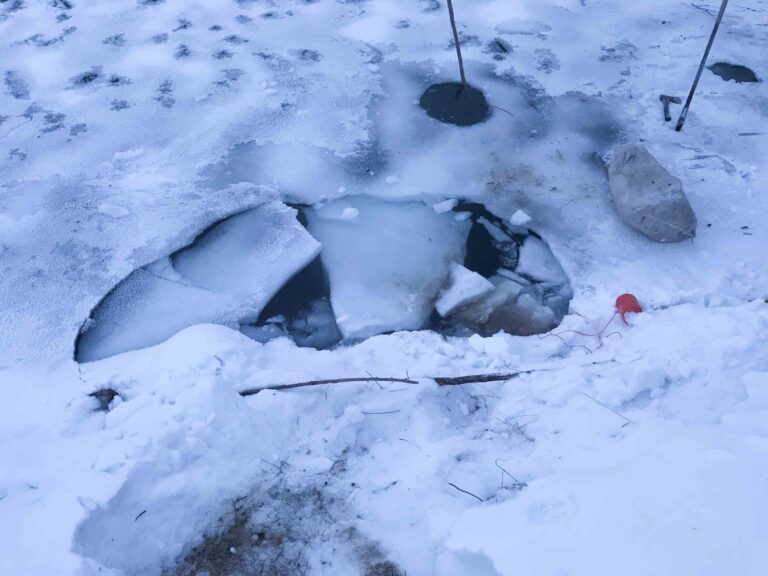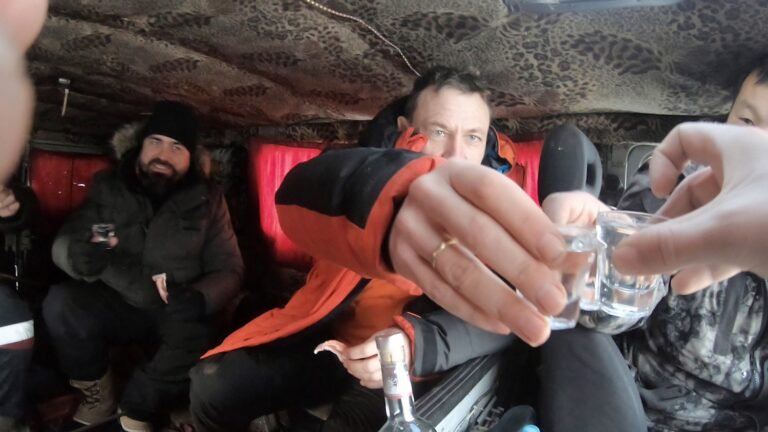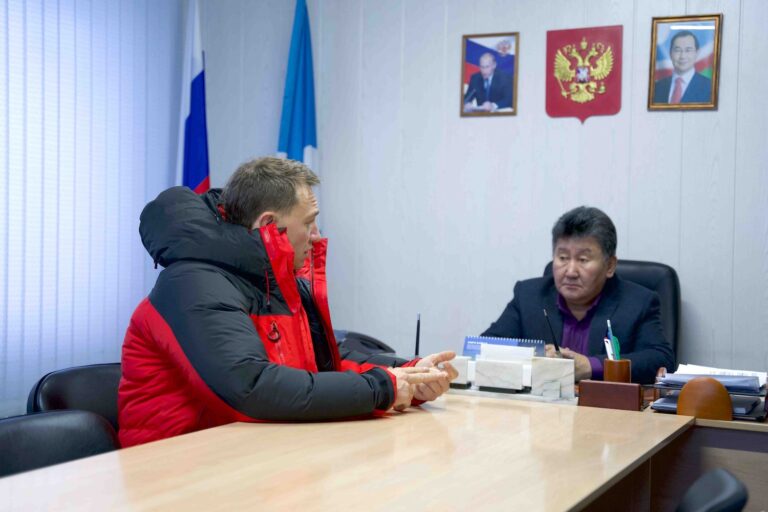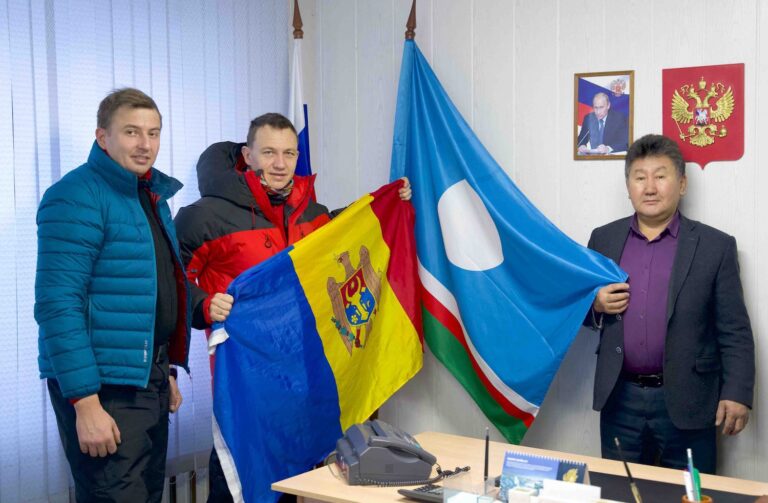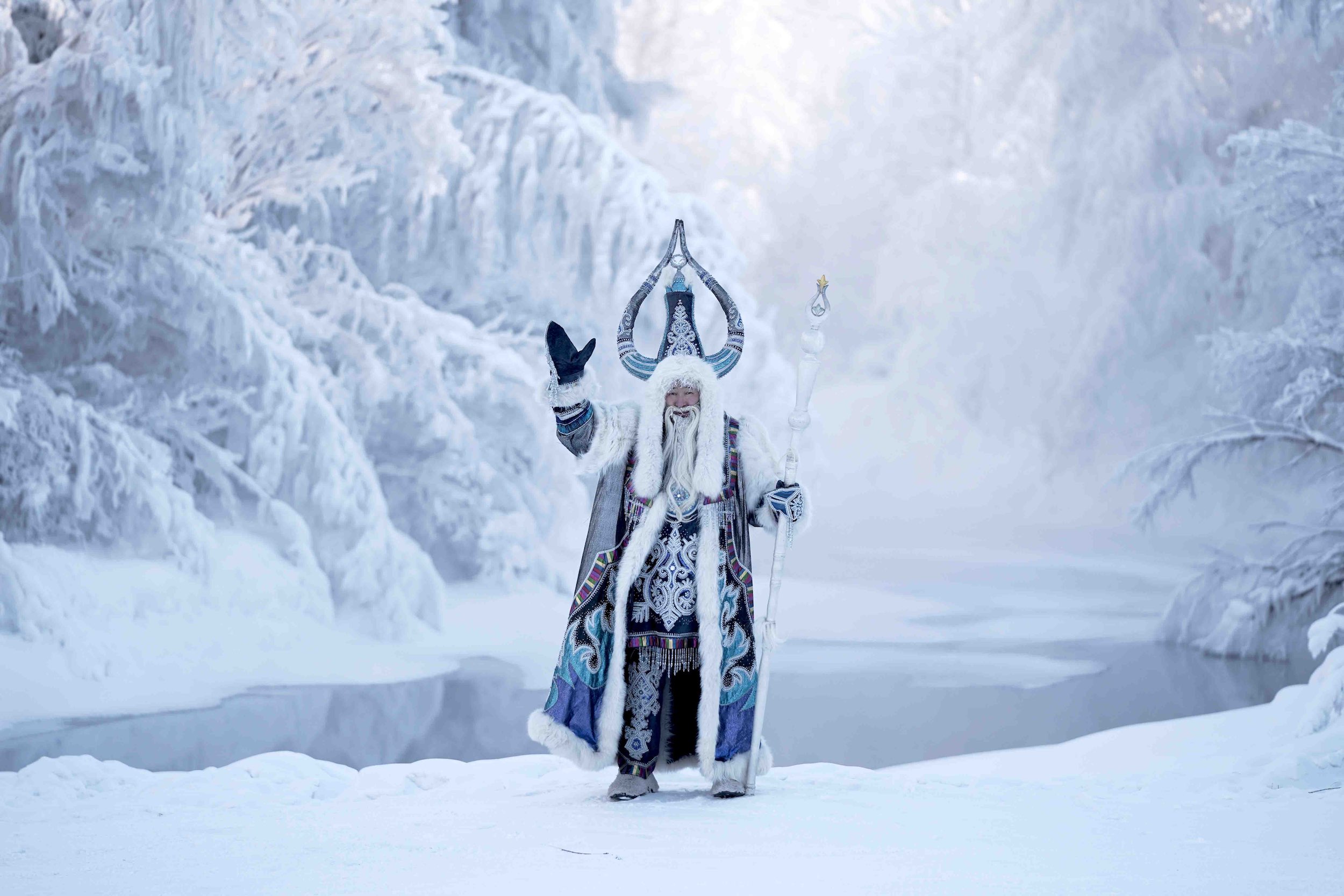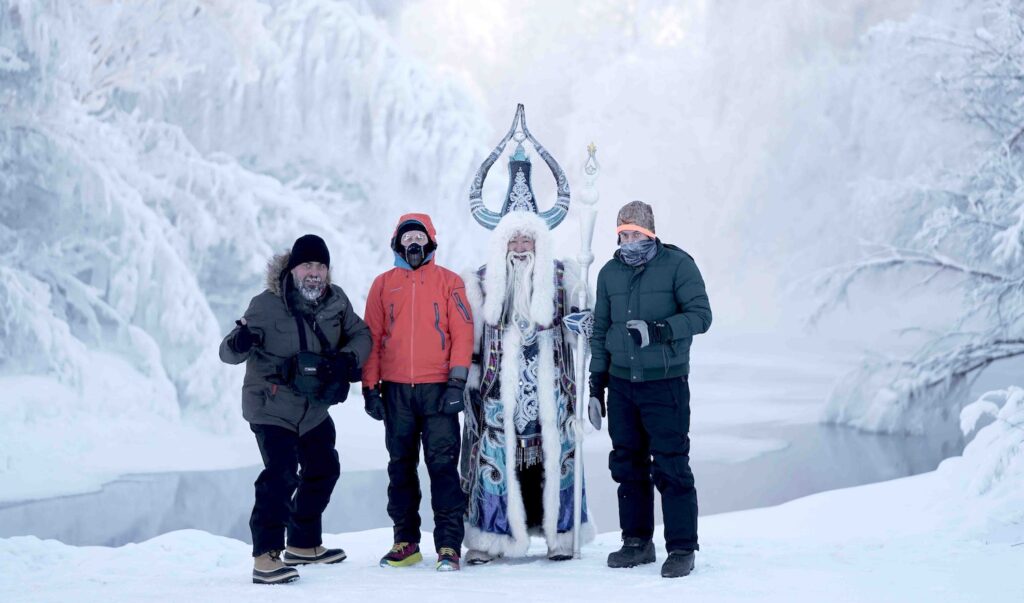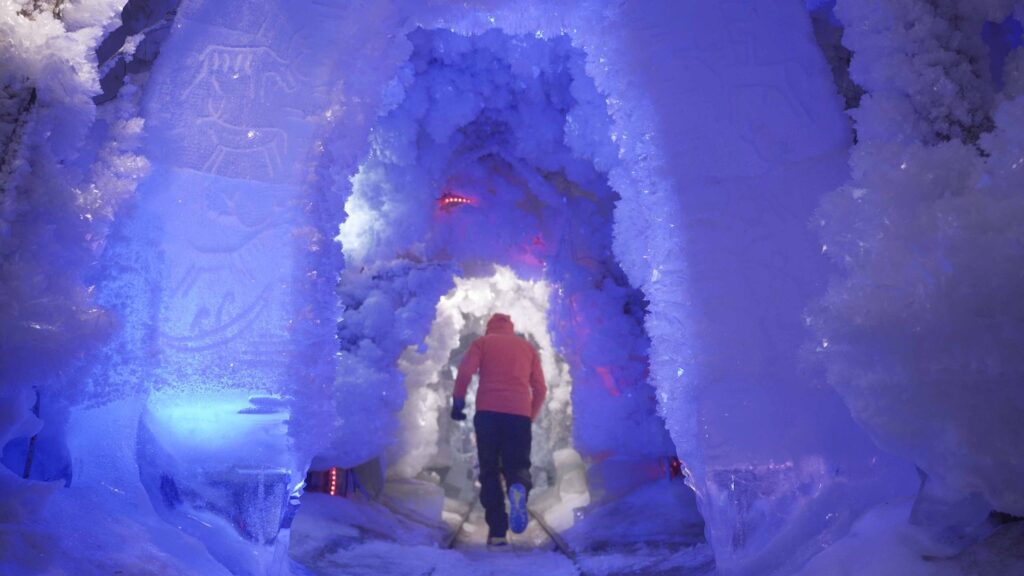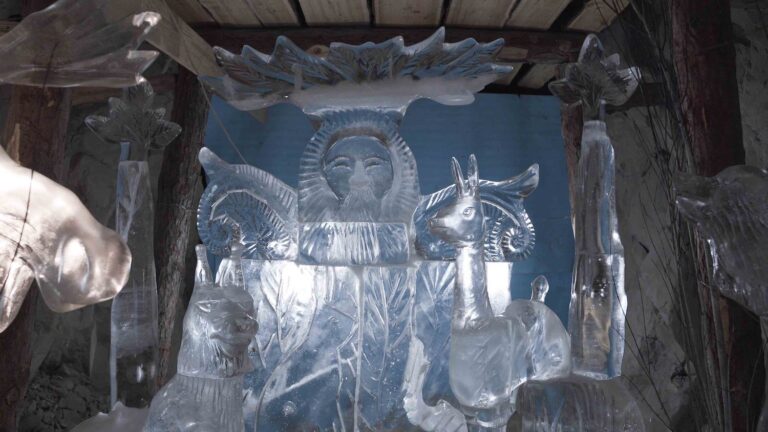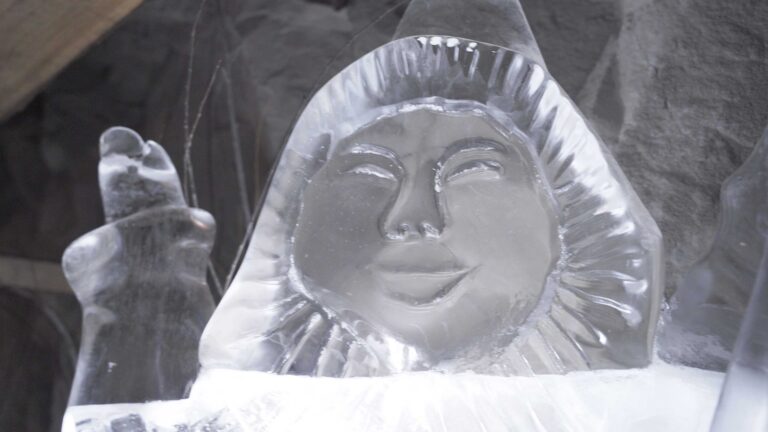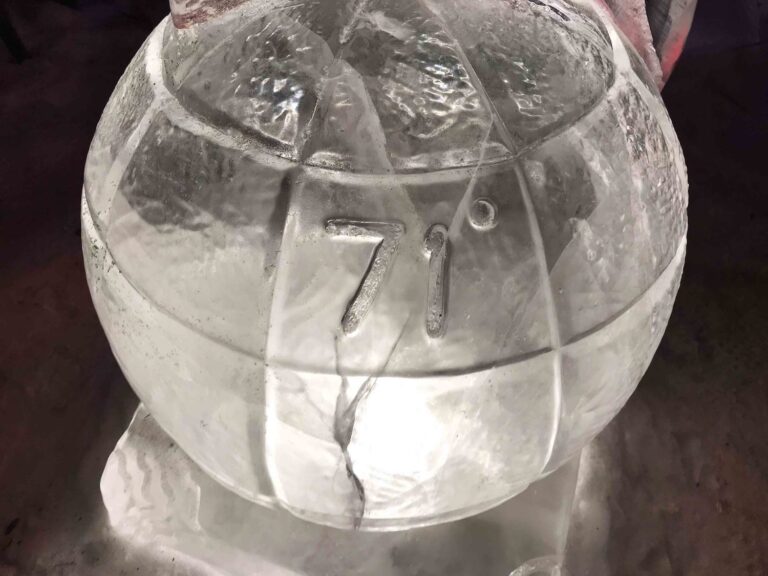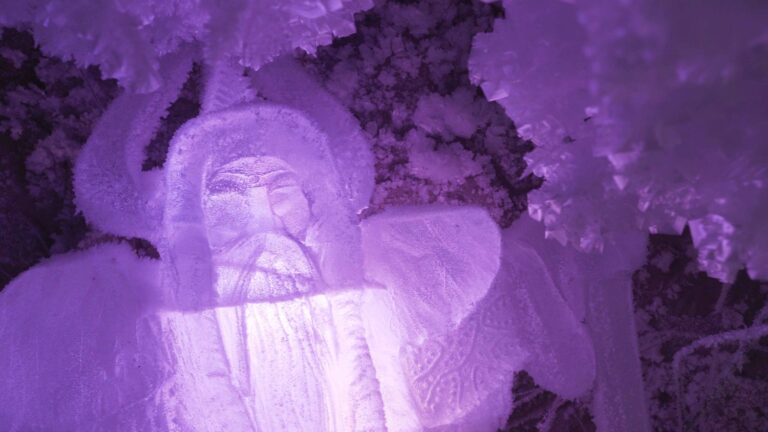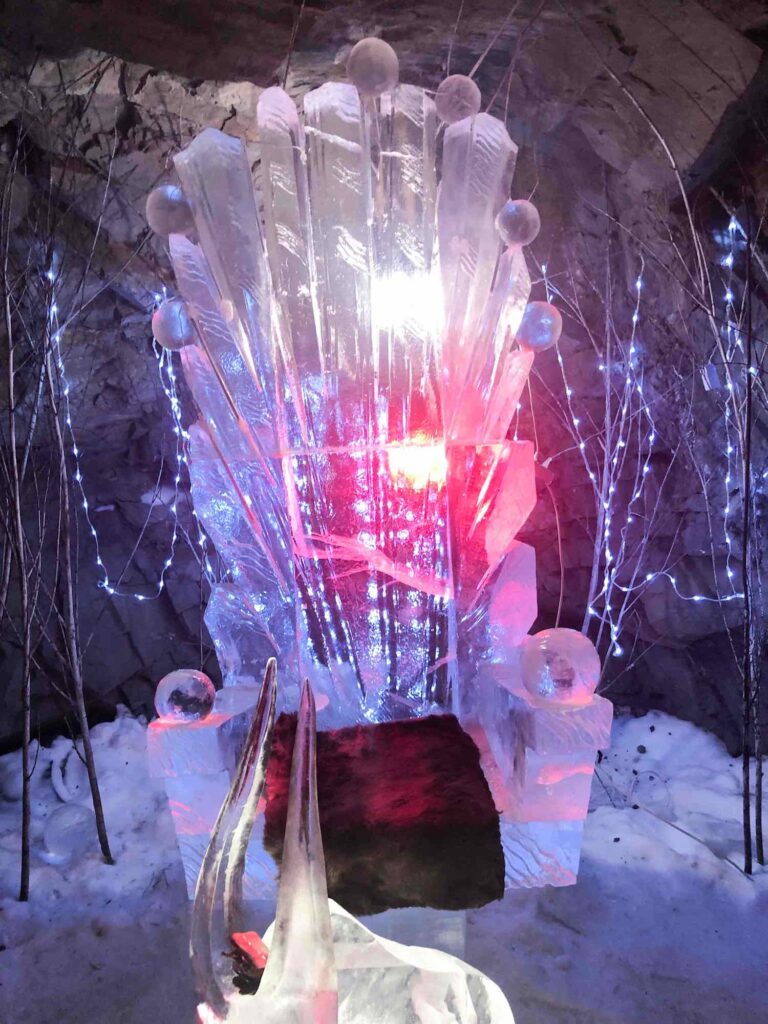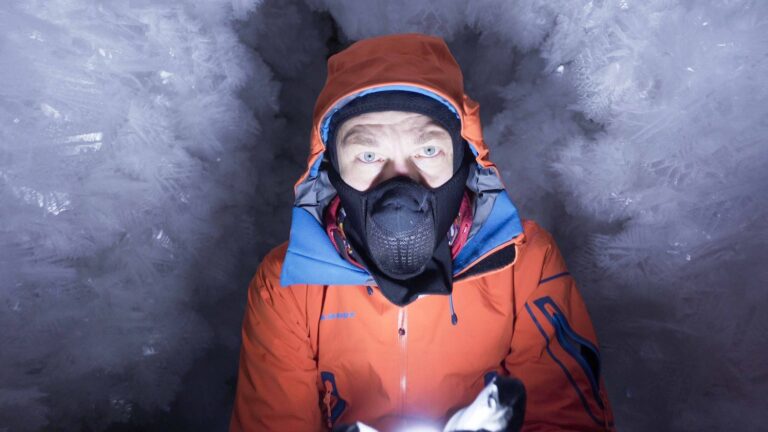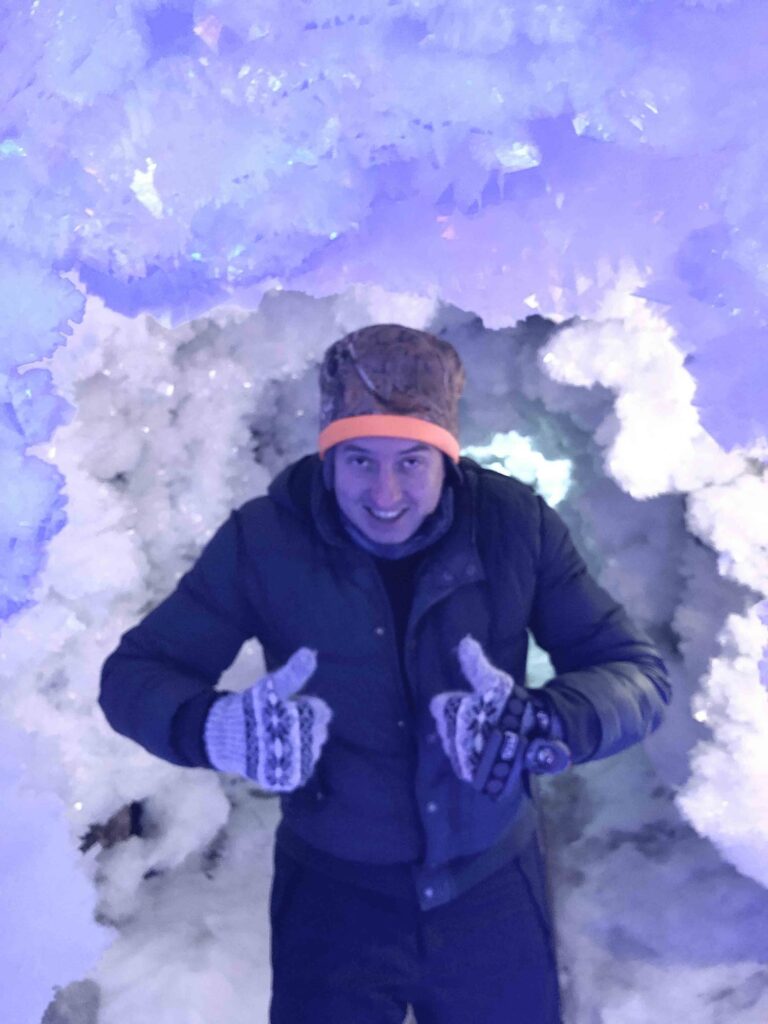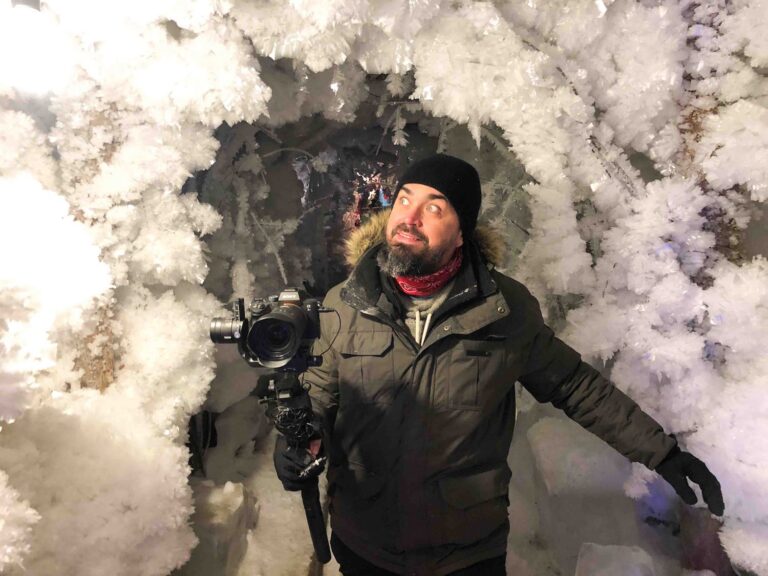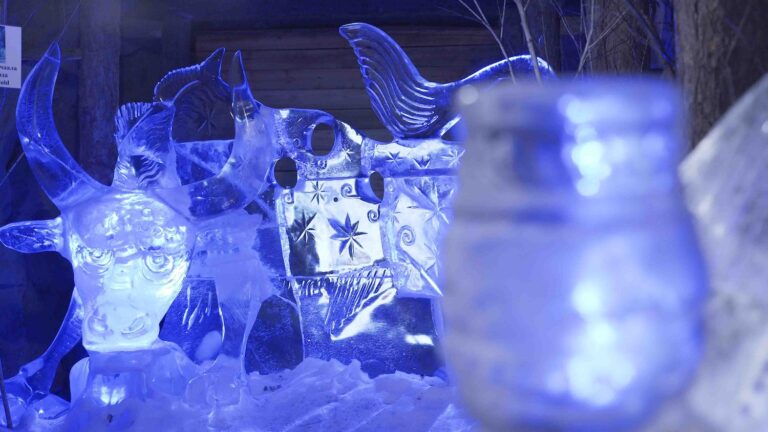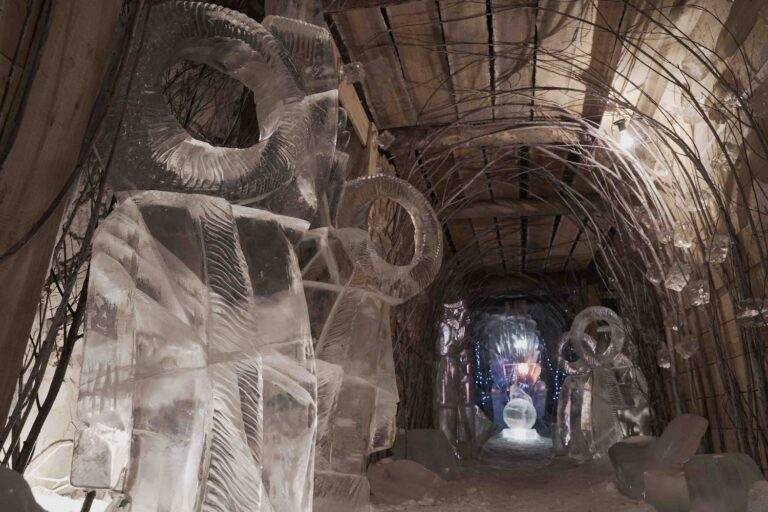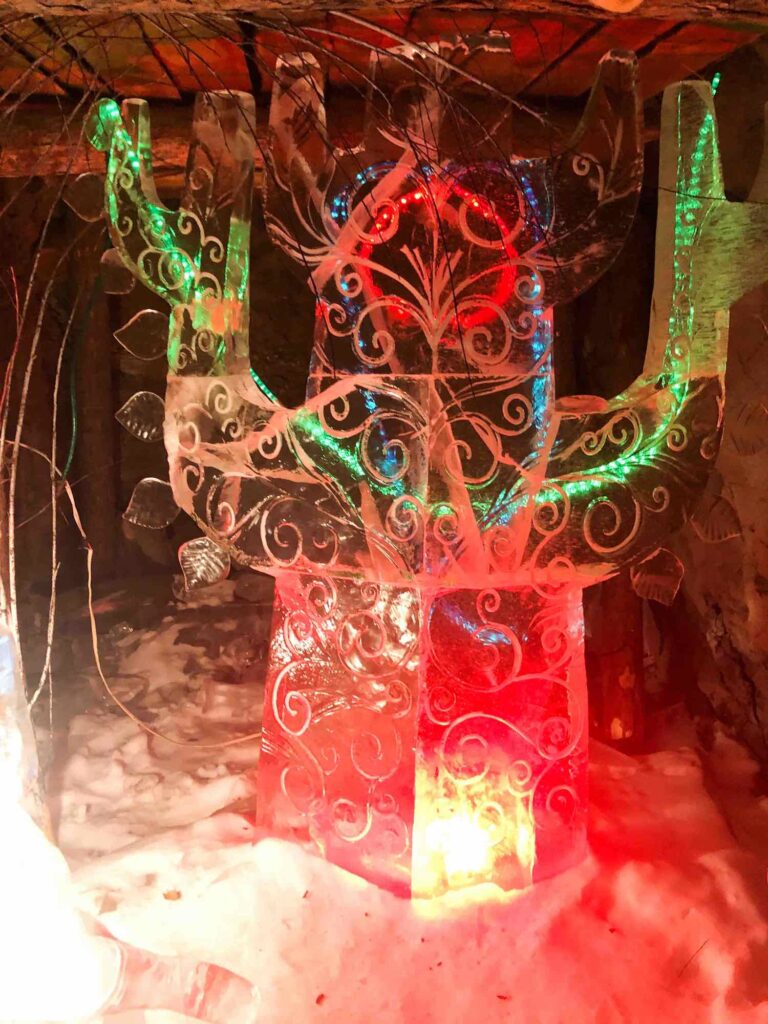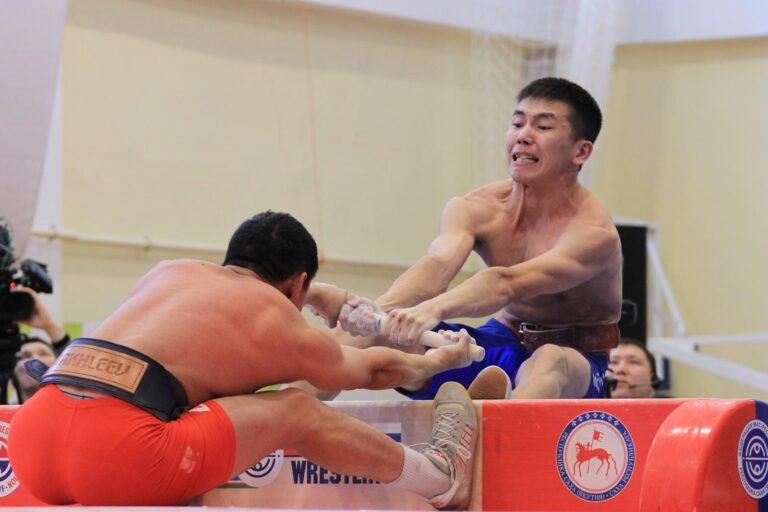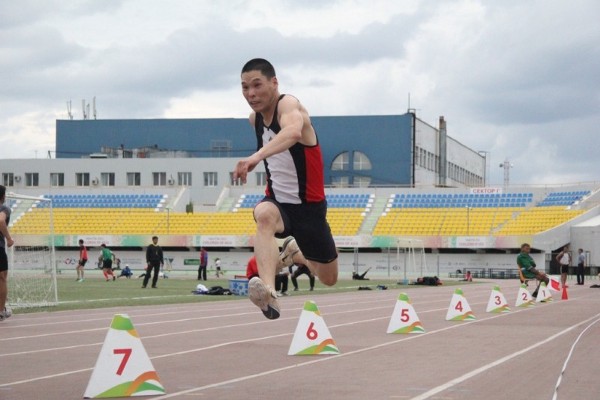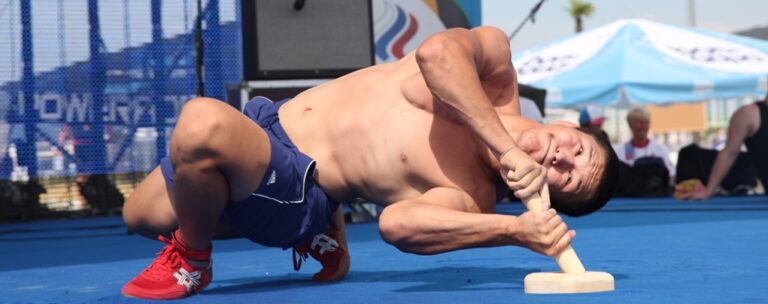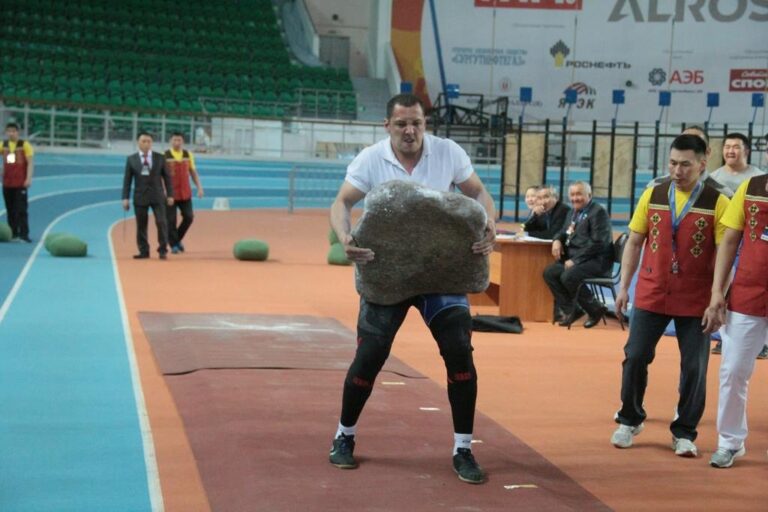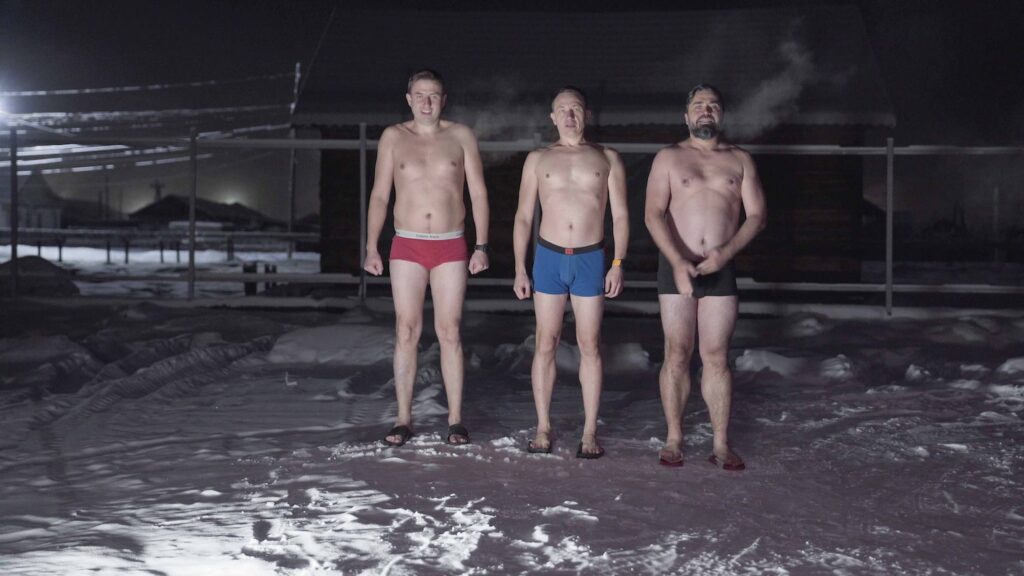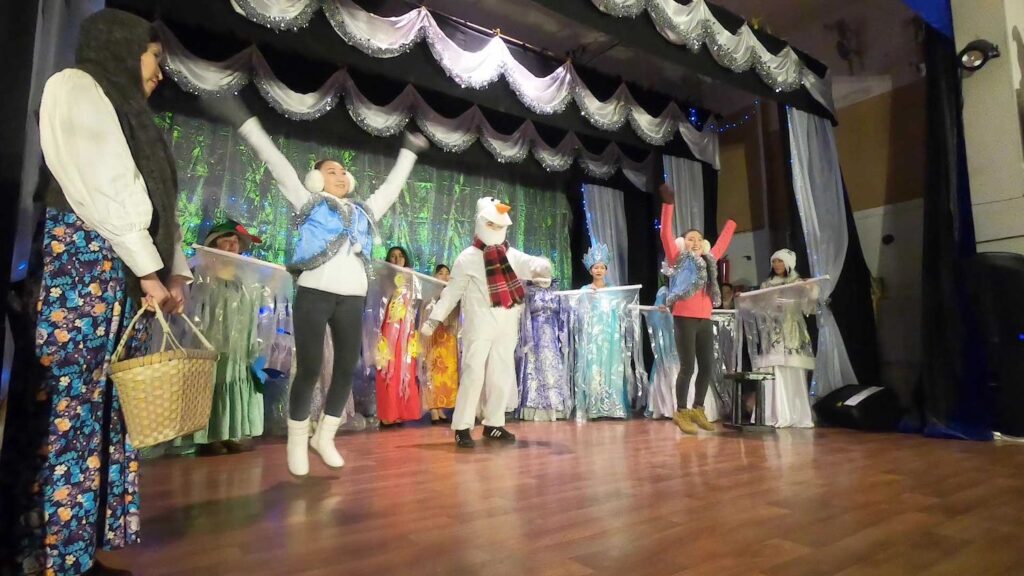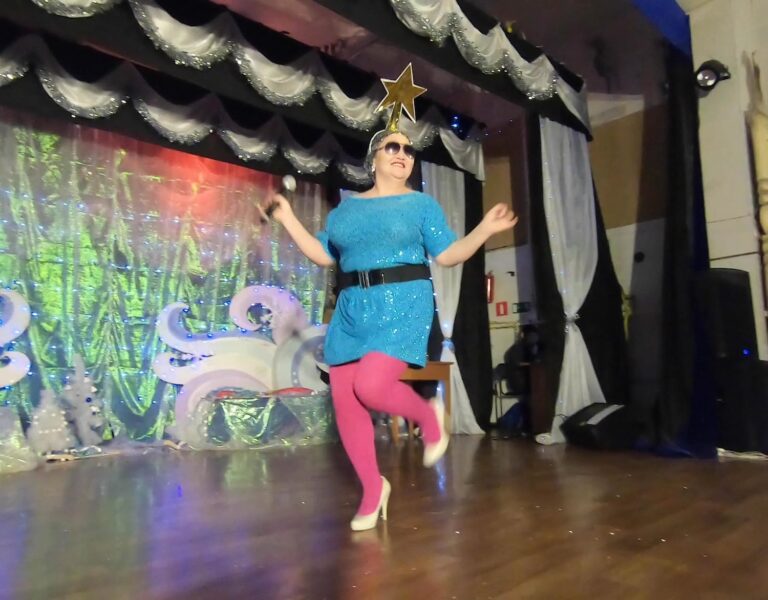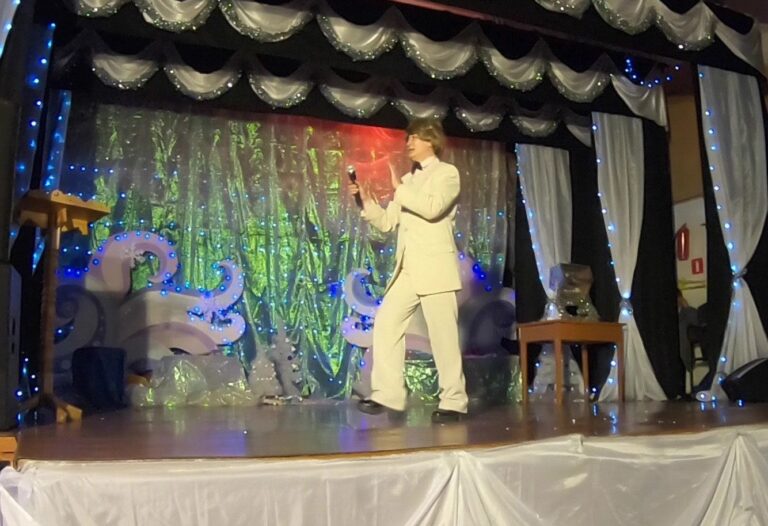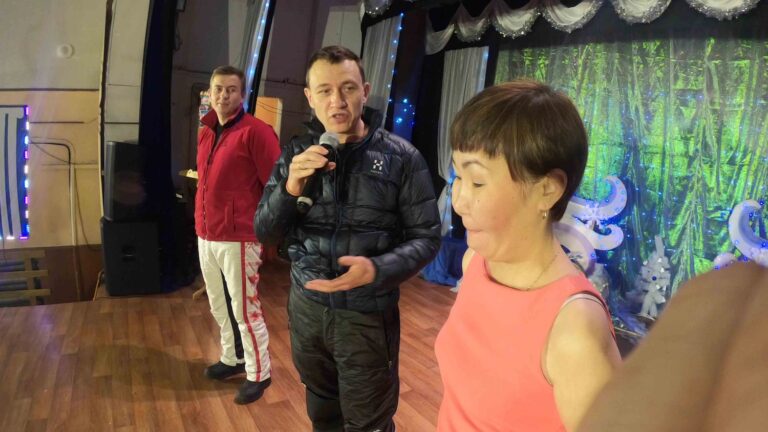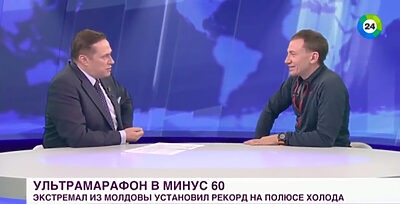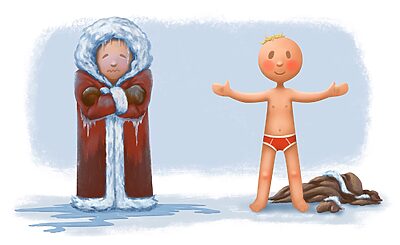Every child dreams a lot. These fantasies are probably the brightest thing that happens to us. When we fancy ourselves as astronauts or film actresses, we accept no conditions. We believe that absolutely everything is possible, even flying on cardboard wings!
We know nothing about social barriers, about fierce competition, financial problems, lack of time or existing illnesses. We consider ourselves worthy of our dreams, whoever we are and whatever we dream of. But time heals everything, and by the age of twenty we understand that we can’t manage to make everything happen, and so we delete about a third from the list of opportunities. By thirty, the list is reduced to one tenth. And by forty, it is already empty for many, because you think it’s too late. You fought for a place in the sun, for a piece of bread and the respect of your loved ones, you spent your life dreaming and waiting for a miracle. And it seems that life is arranged, you eat well and you have someone to go to bed with. You’re dry and comfy, but … Childhood dreams remain distant dreams, because one day a piece of bread began to weigh on your scales more than the astronaut’s helmet. And then you put an end to your childhood dreams. And now you recall with a smile how naive you were at the age of 9, how little you knew about life and how much you believed in miracles.
It happened the same to me. At the age of 38, I was moderately well-fed, a person who succeed in life. Still I knew there were lots of things I would never be able to do. Age, hypertension, laziness, extinct look – you very well know such characters. I will never live out to be an astronaut, a writer, an Olympic champion, a president, and even an ordinary doctor. I have missed all that as life has reached full flowering, and from now on – down I go. The illusions of childhood remained on the other side of the mountain. Awareness of lost opportunities was crushing with incredible strength, and I plunged into depression.

But one day I ran into the story of a man who had gone his way from a fat manager to an Ironman, and then hope arose, like — maybe all is not lost yet? Maybe I can do the impossible? That’s how it all started … And now I am sure that the most valuable thing we have is childlike faith in ourselves—that we are persons with unlimited possibilities.
It took me six years to get back to my age of six and again believe that I can do anything.
As a child I dreamed of becoming a pioneer. I read books about the poles explorers, about the tragic struggle of Amundsen and Scott, about the confrontation between Peary and Cook, about the dramatic and harsh expeditions, from which very few people came back, and the names of the returning ones were written in history forever.
I fancied myself skiing to the pole, where no one had stepped before me. It was hard and cold, but I did not give up! And here I am, reaching the point and planting the flag of my country right in the middle of the icy desert — I am the first!
Well, you have to admit it, it’s naive to believe in when you are 20, it’s ridiculous when you are 30, and when you are 40 it’s already silly. But the discovery lies in the fact that if you sincerely believe in yourself, dream like a child, and most importantly, take daily steps toward your childhood dream, it will certainly come true. No matter how incredible your dream is.
And now, forty years later, here I am kneeling with a frozen face, folding the flag of my country at the “Pole of Cold”, having done what no one had the guts to do before me … But first things first.
Preparation
Cold races have always attracted me, starting with my early training sessions in Orenburg, where my parents live. Running at -25 ° C along the snow-covered fluffy steppes in Orenburg, I felt like Santa Claus on New Year’s eve, hurrying to the children. I have never been bothered by “icy smoke” from my mouth, frost on my eyebrows and light cold throughout my body. On the contrary, the fresh frosty breath and the feeling of infinite space on a snow-covered field gave me a double portion of dopamine — and I ran with a smile. Until I decided to test myself.
In 2014, I ran 42 km across frozen Lake Baikal. Having frozen half of my face and having beaten off my knees on the “marble sheet” of the great lake, I amended my winter gear and eating patterns in freezing temperatures.
Next year, my friends and I ventured onto Tough Guy — the world’s most extreme obstacle race. And the coldest, too. It’s 3 ° C outside, and for four hours you must make your way waist-deep in iced water, stopping now and then to calm your shaking extremities. In short, ugh, it’s cold! After that, my fear of the cold went three steps back.
Well, what could be better than mountains? That’s right — new peaks. Therefore, after the “conquest” of Mont Blanc (4810 m), I climbed Elbrus (5642 m), where I became familiar with mountain sickness and hypoglycemia. My friends and I froze, were caught into a blizzard, rubbed frostbitten fingers (although it was wrong to do this), dragged each other through snow and ice, waved our flags and celebrated as we reached the new peaks.
Then there followed the dive in the ice-cold water in Silfra fissure — a giant crack between the continents. I still remember this oppressive feeling of cold at a depth of 20 meters. And the fear that a seizure may begin, which may be the last in my life. I had a severe lack of oxygen. I remember emerging and noisily pulling in five liters of air. Frozen, shaking and frightened as I was, I thought that I would never again put myself to test. Oh, yeah! Right!
In 2017, under the impression of Comrades, I launched in Moldova a unique running project — Rubicon. This is a mass ultramarathon relay across the country in the most unpleasant weather conditions in wintertime. Moldovan winter resembles Yakut summer, though. But you need to try very hard to run for three days across the country in snow, rain, wind and fog, and not grow stiff with cold.
A year later, I was magically selected for the World Swimrun Championship — ÖTILLÖ. I still consider that day as one of the most difficult competitions. I had to run 65 km wearing a wetsuit and swim 19 km in running shoes on the 26 islands of the Stockholm archipelago in cold waters (12 ° C) of the Baltic Sea. No wonder this is called one of the toughest endurance races in the world. The boundaries of the cold retreated a little further, and the brain was now ready for any catch on my part.
And last year, when I realized that I wanted to find the lowest temperature on Earth, I went to the North Pole. There I felt -30 ° in high humidity. It was unpleasant, but tolerable — I ran without a mask and a balaclava, in a pair of summer glasses and spring-summer sneakers. When it turned out at the finish that I was the second, I realized that I was fully ready for my most difficult ordeal — Oymyakon.
As for some special cold workouts — there were none. You got that right, I took no icy shower every morning. I did not live in an ice-hole and did not walk naked through the snow. I believe that for such tests the main thing you have to do is to prepare your mind, not your body. And my spirit almost confidently stated to me that we would cope with that — there had been more serious tasks we had coped with! I think my mind was mixing things up as we definitely didn’t do this, it probably was just encouraging me … And itself along for the ride…
Eva
So, my mind is ready, my body too, my spirit does not turn a hair, and all the equipment is neatly scattered throughout the apartment. It seems like we are waiting for the right weather to go to Yakutia, but some unpleasant little worm settled inside of me, and it kept haunting my mind. I couldn’t figure out what kind of feeling it was — either it was the fear of the unknown, or maybe the anxiety when you should check and turn off all the appliances before you leave the house, or even a sense of meaninglessness of this race.
The worm was feeding on my motivation and thus kept growing up more and more, while my motivation grew thinner. I would like to do something extraordinary, something generous. But I was lead by some low and dark vibrations — Ego and Vanity. I want to be … ! The first in … ! The best, the most unique in the world …. Common human vices. It only seemed to me that their energy demotivated me. I was missing something sublime that would drive me in the race.
Every year in December, Simpals conducts a charity costume race Maratonul de Craciun. Every year we help children who struggle with various diseases. In 2018, we helped Eva Pismenyuk, who suffers from cerebral palsy. She needs help for rehabilitation courses, which can completely restore her health in a couple of years.
When I met her, I saw a cheerful little girl who tried to do everything with nobody’s help — eat, wash up, dress, walk. The little thing didn’t give up under the strokes of bad luck, but on the contrary bravely fought her illness. And then it clicked in my head: I will dedicate my run to the little girl! By then I did not know that Eva would help me more than I would help her…
I decided to tell everyone about this brave girl who fights the disease. Thousands of people will learn about Eva and will be able to help her! After all, damn it, someone dreams of world fame while someone else dreams of learning to move independently. And in order to tell about this story to both adults and small, I decided to write a fairy tale. That is how I came up with the story about Eva, about the evil lord of cold Ulu Toyon, who froze the girl, and about Mitro, the messenger, who decided to help Eva and run across the Ice Wasteland, to take the warmth away from the villain and return it to the little girl.
But this is only possible with the help of a magic lantern, in which we will gather the warmth of human hearts shared with us by caring people. This way the “Unfrozen” project appeared — a charity run in the coldest place on earth, intended for attracting attention to the problem of cerebral palsy in children.
The way to Oymyakon
It was all set now, for sure. My friends are working themselves up to the adventure, the charity event is running, money for Eva’s treatment is being collected, tickets are already purchased, equipment is ready packed, body and mind are fine.
And here we are, after the celebration of the New Year—me and Andrey Matkovsky, the manager of our trip, and Alexander Berdichevsky, the god of filming and editing, are packing up huge suitcases, sitting for a moment before the trip and hitting the road.
We need to hurry, as judging by the forecast, a cold front is stretching towards Yakutia, and it will probably reach the region in maximum 3 days. We fly to Yakutsk through Moscow. The flight was very hard – we flew at night, we did not sleep, add to that seven time zones and voila – we arrived at 6 am local time completely wrecked.
At the hotel we tried to have some sleep for a couple of hours. Oh, yeah! Right! Therefore, at lunch we gathered in the kitchen, and I tried to put in words all the diplomacy that I usually have, as I needed to tell the lads that we would not be leaving in two days, as planned, but in two hours. I decided to change the schedule in order not to miss the frost — there are only left two cold nights below 50 degrees. Now temperature in Tomtor is -53 ° C. We’re gonna hit the spot!
My friends tried to calm me down, saying — take it easy, Dimon, this is not the end of the world. There will be more frost soon, don’t be afraid. Let’s get acclimatized as we should. But Dimon is a stubborn beast, and therefore we are sitting in a charter bus riding to Tomtor. Airplanes and helicopters do not fly there in winter — it is too cold, so the only way to get to Oymyakon is to buck in a car for almost a day along the Kolyma Highway connecting Yakutsk and Magadan.
It is believed that the Kolyma Highway is actually the longest cemetery in the world. About 400,000 of its builders, who were prisoners of the Gulag, are buried here. But in fact they were not buried. Those who remained alive had no strength to dig new holes, therefore the bones of the people who died while constructing it were laid beneath or around the road. For this reason, the Kolyma Highway is also known as the Road of Bones
The way from Yakutsk to Tomtor goes 950 km along a deserted steppe through frozen rivers, broken roads and terrible cold. We spent almost a whole day in the dark, bucking along the bumps and fearing that the car will give up the ghost. We’ll be messed up then. We’ll be lucky if someone passes by. But if no one does, we’ll stay there. Forever and ever. I remembered this five hours later, when our car stopped in the middle of the road. We got a flat tire. It would seem rubbish if it happened on a summer day somewhere near Chisinau. But now we got a flat tire on a winter night somewhere in Yakutia, where it would take three hours to get to the nearest settlement by car.
The driver replaced the flat tire with a half-deflated spare tire and at the same time stopped answering our questions, staring at the snow-covered road. By his expressive silence, we realized that the next puncture could be the last.
Again we had no chance to sleep — the bumping along the way, the nerves because of the punctured tire, and the shifted clock zone did not contribute to melatonin production. These must be Ulu Toyon’s tricks, he does not want to let us into his kingdom—this was running in my mind. At night, we stopped at a gas station, pumped gas and changed the tire. Now we can drive relatively securely.
The wheel is now okay, as the tire has been replaced, the car is filled. It’s time to have breakfast in Cuba. Oh, you don’t believe there is Cuba in Yakutia? Then you need to go and see for yourself. The legendary cafe of all truckers in the region. It’s the single cafe within a 500-kilometer radius. No wonder it has become a legend.
Ten hours later we were stuck in road congestion with as much as three cars in front of us — the “road” was flooded with water from a non-freezing spring, and it was covered with thin ice.
Neither can we ride, nor can we wait. We can’t move an inch until the ice becomes strong. Yesterday, one car could not stand it, tried to slip through, but got stuck until spring. Therefore, the rest of our “traffic jam colleagues” humbly waited. Somebody even said that they had been waiting for 12 hours.
We had no more time and strength to wait. As a result, the guys found their way through the forest, and about a dozen cars on both sides, squeezing between trees and snow drifts with the help of people. I was impressed by how united the drivers were — they helped each other: jeeps pulled out Mercedes cars, and passengers pushed the drivers’ cars. Women and children kept calm and watched the scene. Apparently, it was a common thing for them.
In two hours time we managed to break through the ice captivity and, taking away with us a mother and her daughter from a car frozen into ice, got to Tomtor. The whole journey took 22 hours. According to the driver, we arrived fairly quickly and uneventfully. I wonder then, what he understands by “events”.
The immortal cinematic invitation was constantly on the tip of my tongue:
— If you happen to come to Kolyma, welcome!
— No you’d better come to visit us!
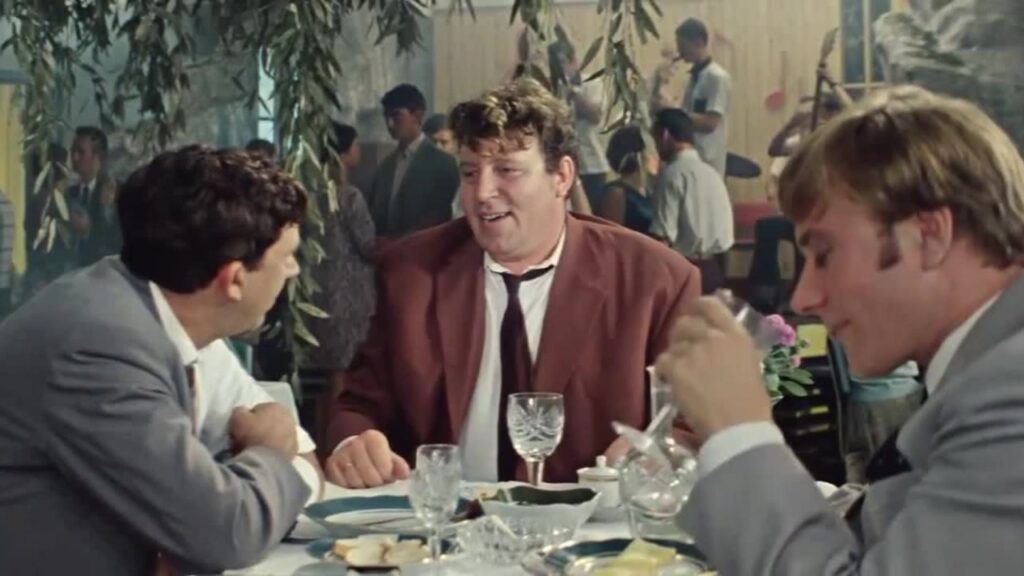
A hard decision to make
And here we are at last in Tomtor — the Pole of Cold. The thermometer is showing -52 ° C. Oh, great! That’s exactly what we need! I promised to run a marathon colder than 50 °, that is why we rushed without a stop in Yakutsk, we really hoped we could catch the low temperatures, as the forecast promised the weather would be warming up. We arrived at the hotel at 15:00, and I set the start time for five in the morning.
The driver went to sleep, the guys started to unpack, and I decided to test the equipment. I put on my warmest equipment and ran out. After 15 minutes, I returned all wet — I overdid it with insulation. I took a couple of layers off and ran out again in the cold. This time it was fine.
We were in a panic, as the cold started going away. Therefore, Andrey was urgently looking for an escort car, and Brad was preparing the photo and video equipment. As for myself, I was drying my gear and planning my route for the next day.
We went to bed. Damned time zones. The clock showed 00:30 o’clock, but I was not sleeping yet, I tossed and turned as I imagined the red thermometer rise above the mark of -50 °. What a nightmare! I could not put up with that and went outside to check. The thermometer showed -51 °. It was getting warmer indeed. I went back to bed but I could not sleep the second night in a row. I thought: How will I run tomorrow?
At 4 I got up and went to the kitchen. My friends were already there, they could not sleep either. We got dressed, packed and rechecked equipment. Everything was okay. At 5 the bukhanka van came for us and we went out into the street. We attached the camera to the car, climbed inside, tried to shut the door, but it would not. Again we slammed the door, but it would not. After five attempts, the driver came to us and said:
— I’m not driving with the door open. Then he shut down the engine. — Then we’re all going on the same car, the registration car , — I was trying to do everything I could. —We can not miss the frost!
Andrey approached the thermometer and …
— Dima, -49 degrees, —it sounded like a bolt from the blue.
I stopped. Everything was against me. Even the Universe no longer whispered, it shouted:
— Stop! Your time hasn’t come yet!
Previously, I did not pay attention to these signs of the universe. But with age I became more attentive, and now I can see them clearly. But just as before, I do not always listen to this “voice from the space”.
What did I have to do then? Listen to the voice or on the contrary, run? When should you give up, stop fighting and wait in the wings? And when is it necessary to act against all odds, people, nature in order to achieve your goal? What to do — run now or wait for new frosts only god knows for how long? This was a really hard decision to make. After analyzing the last day of the chase for the frost, all our adventures from the spilled river to the broken door, I made a decision.
— Today we’re going to train, then go to sleep..
My friends supported me by saying that once broadcasts were made for -50°C, then we would have -50°C. But a dress rehearsal was necessary. And I ran ten kilometers at -48 °. My impressions were very exciting, I must say. Icicles on my eyelashes, and the visibility zone was constantly narrowing, so in order to see where to run, I had to remove ice from my eyebrows. There was little oxygen in the air and it was hard to breathe. My pulse was constantly growing, and the face freezed from the wind. And I also felt fear. When the car with the guys drove away far ahead, and I was left alone in the dark on the road, it became terrible for me. But they appeared from the darkness and it became easier to run.
There came the finish. After an hour of running, my face was frozen with ice, my elbows grew stiffer, while my hands, on the contrary, sweated. It’s good that was just a training session. There are things that need improved — in equipment and logistics. I still had questions about changing the filters for the mask and about warm food. All this could turn out badly, if we rushed immediately. In addition, I was in terrible condition, not having slept for two days.
In short, I’m really grateful to our patron, who did not allow us to chase the spirit of the cold and kept our strength. Now we are lying in wait, gaining strength and quietly waiting for him in the coldest place on Earth. In Tomtor.
If you are interested in learning more about the place where we went, read about local folklore and unique things that are found only here in Yakutia, I invite you to Tomtor. Please follow me and be careful, you can easily stay here, after falling in love with this harsh land.
. . .
Is there life at the pole?
So, while we are waiting for the real cold weather, let’s see where we actually arrived. The fact is that Oymyakon is not only the name of the village, but also the name of the region as a whole (Oymyakon ulus, aka Oymyakon depression, the basin, the plateau and the like). And in this depression there are two settlements situated at a distance of 38 km from each other: Oymyakon and Tomtor. They also compete for the title of the coldest habitable place (in the northern hemisphere) — a stela with the minimum temperature record of -71.2 degrees Celsius, set in 1926, stands in both Tomtor and Oymyakon.
But the fact is that the scientific station of meteorological observation, which recorded the record, is located in Tomtor. Perhaps that day in the village of Oymyakon it was colder by 0.001 ° C, and maybe vice versa, it was warmer … We will never know.
Tomtor is a city of contrasts. Why? Because the temperature during the year varies sharply from -60 degrees in winter to +40 in summer. The annual temperature drop here reaches 100 ° C!
But the locals are very well adapted to the frost that classes for schoolchildren are canceled only when the temperature goes under the 52-degree mark. And we have repeatedly seen children playing on the street at this temperature.
Tomtor is a small village with about 1200 inhabitants. Houses are built on stilts (so as not to freeze into the ground). There are a couple of shops, a pharmacy, a sports complex, a library. And here everything is small, because the bigger it is, the more it needs to be heated. And it is expensive.
Also in Tomotor the “Pole of Cold” festival is held every year in March, where the “lords of cold” from all over the world come together.
In addition to standard entertainment (fishing, Russian sauna and hunting for bears and deer in the forest), in Tomtor you can see hairy horses and riding deer, every Yakut is acquainted with some deer ????
For Yakuts, a deer is a friend , mate, transportation, clothing and food.
In general, in Yakutia as a whole (not only in Tomtor) there is a lot of things to see, to try, to buy as a keepsake, something that you’ll find nowhere else in the world — souvenirs made of mammoth tusks, slides of rough and polished diamonds, fresh-frozen (and only frozen!) fish, horse meat (don’t make a wry face!) and much more.
Food
More severe than the frosts in the Yakut region can be Yakut cuisine. Here everyone eats: colts, cows, bears, all kinds of fish and everything else that runs through the woods or swims in rivers. And they do not just eat them, but eat them up entirely, practically everything. Most likely this is due to the accumulated experience of survival in harsh polar conditions. As for vegetables, fruits and mushrooms, these are rarely seen on festive table in Oymyakon.
Stroganina (toҥ balyk) — slices of frozen fish served cold. Usually fatty sorts, such as muksun, broad whitefish, nelma, omul. We ate it at home, when we went fishing, when we were invited to someone’s place, when we went to the restaurant. You dip raw fish in salt-pepper and then put it in your mouth. Such a delish!
Uncooked foal — Сылгы этэ. The meat of a two-year foal, frozen, cut into large pieces. It slightly resembles belly bacon.
Black pudding (хаан). It looks terrible, but it tastes good. But we didn’t enjoy another delicacy — tightly stuffed foal casings. This is rather for amateurs.
Another couple of popular dishes — giblets soup (ис миинэ) and Yakut dessert (тон куорчэх) — sweet cream ice cream. It will make you long for more!
And, of course, we should not forget about the famous Oymyakon Doshirak:
Wonders
By the way, if you plan to do without a refrigerator and at the same time keep food in the cold (well, it’s cold there too!), then get ready to see wonders! And there are so many wonders about products in Yakutia. Here are some of them:
Fishing
Yakut people are simple: when they want to eat, they go to the forest, kill a deer, drag it, cook or freeze the prey and feed their family. Vanya, the owner of our house, is no exception — almost every man in Tomtor has a gun, a hunting knife, and, of course, a net for ice fishing.
As we were waiting for the cold weather, we decided that we should go fishing with Vanya and his friends on the river Kuranakh. Strangely enough, in such a frost in Oymyakon Ulus most of the rivers do not freeze — underground hot springs do not allow them to. Therefore, if there is ice on the rivers, then it is thin. And now the guys have already drilled a hole in the ice and are stretch the net with a long stick. It looks as if they sew up the river with a huge needle.
And while we were busy with the network near the shore, there was a crackling sound near the hole. The ice has broken! It went like crunch! I managed to jump ashore, but Vanya did not. He fell into the icy water to the waist. Out of nowhere came Sanya, and the two of us helped Ivan get out onto the shore.
Vanya used strong language of Yakut dialect to help us understand that Sanya was to blame for the cracked ice, as his personal 100-kilo weight contributed to it and we nearly had a cold shower all of us.
Then we ran to warm ourselves in the bukhanka van, and we warmed not only outside, but also inside. For a snack, the fresh sliced salmon was great. I will often remember this evening in a small, cozy UAZ at the edge of the world with vodka and sliced fish when sitting in the pathetic Michelin restaurants …
The head of Tomtor and the local Santa Claus
While we were waiting for the cold, and it was boring to stay at home, we met the head of Tomtor — Protopopov Nikifor Nikiforovich. We told him about our plans, and he showed interest and promised support and assistance to our charity run. Anyway, he turned out to be a spiffing man!
And he was the one who introduced us to the local Santa Claus. It did not take us long to find him, because he is a local celebrity — this is Chyskhaan, Yakut Father Frost.
When Semyon (Chyskhaan’s secret name) learned that we were collecting money for little Eva, he decided to contribute to the charity event with a sum of money, wished the girl a speedy recovery and promised that he would help us overcome the evil Ulu Toyon. A very kind Santa Claus and Man, thank you very much.
But this is not the end of the story. The fact is that Chyskhaan has his own palace — a summer ice residence. Yes, of course, even in the summer there is snow and icicles, because this is the dwelling of the Lord of Colds. We went there to shoot this cave for our film, and at the same time we warmed, because the temperature inside the palace is about -10 ° C, and outside it’s as low as -45 ° C.
Never before had we seen such beautiful ice, such huge snowflakes and such colorful ice figures of mysterious characters!
Athletic disciplines
They showed us the Tomtor sports complex — huge facilities with dozens of sections where children are trained by coaches. And all this in the village with one and a half thousand inhabitants. That’s cool! By the way, a little something about the strange Yakut sport.
No Yakut holiday or gathering of people can do without mass wrestling — “мас тардыhыы”. If we put it in our words, this is a sort of stick pulling. The task is simple — you need to rest your feet on the board and try to pull the stick out of your opponent’s hands.
For the development of the ability to jump well, the Yakuts came up with special exercises. This is how the Yakut national jumps appeared, which recently have become very popular among different nations.
Another original sport is the Yakut crab — “тутум эргиир” (Yakut spinner). The task of the participant is, while standing in crab position, to make as many revolutions as possible around his axis, without letting go of the stick in the slot. The most agile manage to spin up to 50 times in only 2 minutes!
In addition, local strongmen compete in carrying stones. To do this, they find the largest stone in the neighborhood (in 2012, the weight of the stone was 136 kilograms) and the participant’s task is not only to lift it, but also to move it to some distance. Usually, the weight of the stone exceeds the weight of the athlete.
Yakut Preference
As for us, we had our kind of sport ???? Unlike the Yakuts, we found a way to compete without leaving the warm room or dragging stones. Well, not exactly without leaving the room…
I have been playing preference for quite a long time, since I was in the first year at the Polytechnic University. My new “friends” taught me to play it. They made me familiar with the rules, and we played threesome for hours after the lectures. But “pref” is such a game that you can only play for money, that is why, at that time, my money quickly ran out. My parents always sent me some products, canned food and other snacks with the bus. Otherwise, preference training could be fatal.
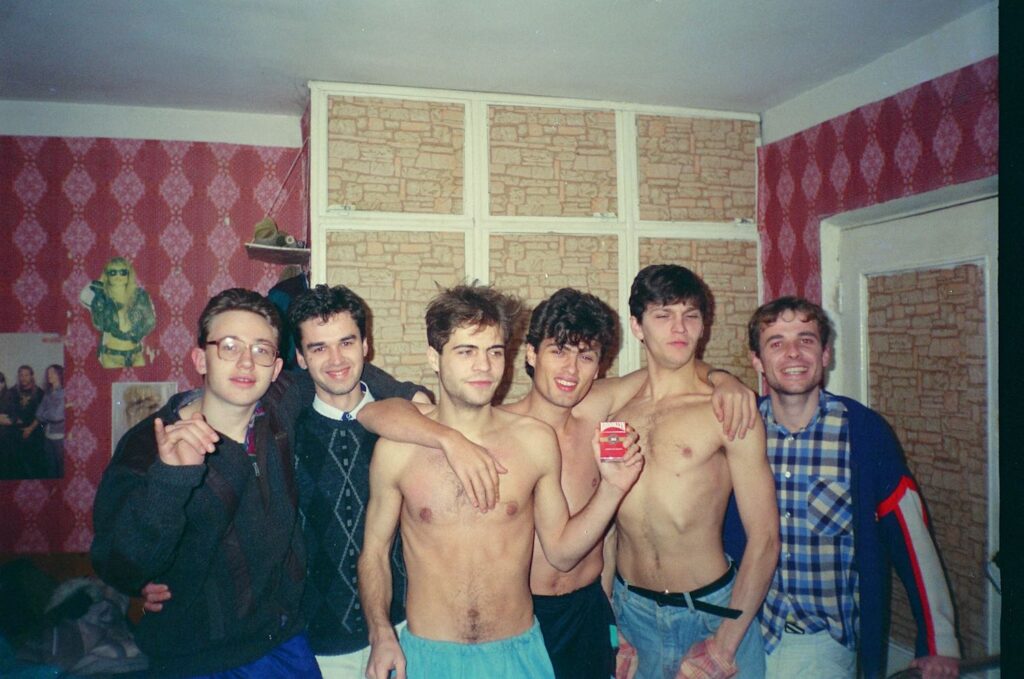
A few years later, when I learned to play well, I realized that my “teachers” were playing against me together and they were literally pumping all my scholarship money out of me, month after month. Up to now, when my friends come to visit me, we always play this game, for over 20 years now. During this time, I managed to gain back my scholarships with a percentage and great pleasure from the game itself.
In order not to get bored, I refreshed the rules for Sanya and Andrey, and we all sat down to play. Tenderfeet refused to play for money, though. How smart! I did not have enough wits in my time.
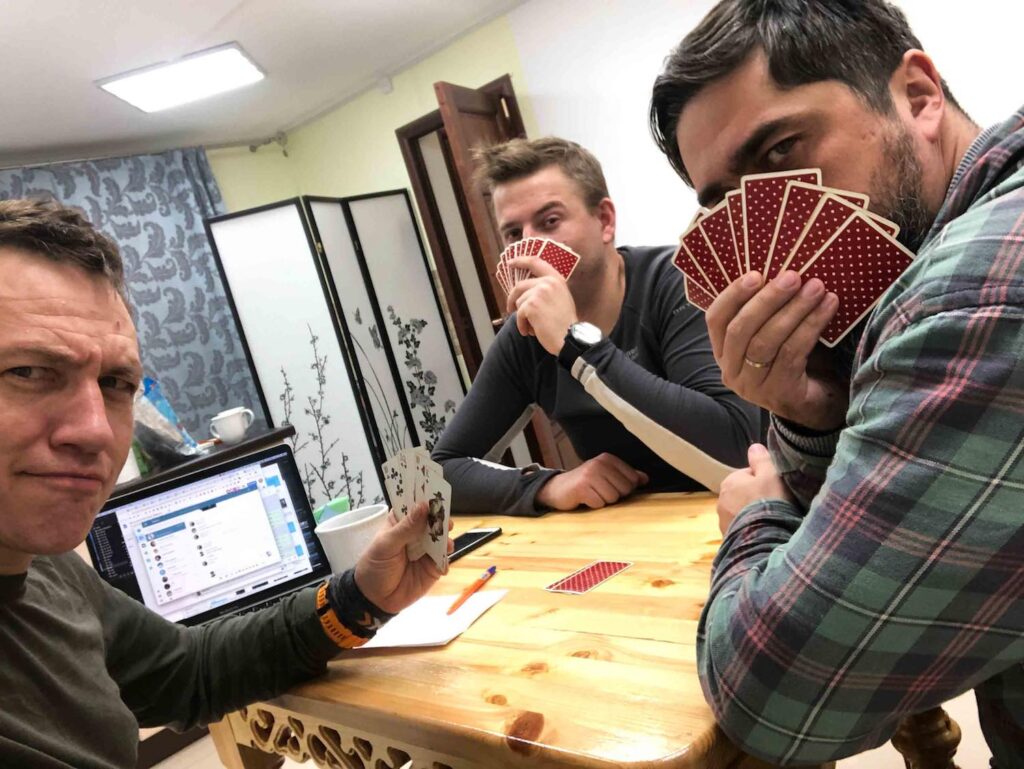
Then we came up with the rules of the Yakut Preference:
1 whist = 1 second in the cold undressed to one’s briefs
We fought for a long time. “Odd as it may seem”, I was the winner, and the guys lost their shirts. That is, they had to stay in the cold for a few minutes, undressed. To tell the truth, I could not stand it and decided to “take one for the team”, so seductively it looked.
And here we stand, three adult guys in briefs at 50 degrees below zero, shaking with cold and looking at their watches. This is supposed to mean we have been playing cards… That is what the stern Yakut Preference looks like.
Russian sauna
Local guys have a challenge called “200 degrees”. This is used to describe the actions when you take a steam bath at + 140 ° C, and then jump out at -60 ° C. We had a light version of the challenge, as it turned out only 170 degrees. But I have to tell you, it was a serious drop, too. Outside it was -53 ° C and dark night, and in the sauna it was + 120 ° C, sliced frozen fish and tea. The romantic appeal of Yakutia!
As the saying goes, “Take a steam-bath and get a lot of strength!”
The concert
And right before the race, on the Old New Year’s eve, 13 January, we were lucky to attend the concert in the cultural centre. The Yakut staging of “Morozko” and the invited guests — aka Leontiev, Baskov and Verka Serduchka” charged us with energy and positive emotions for the whole next day.
Thank you, dear friends, it was such a surprise! And now we go to sleep whistling the sticky tune:
Kho-ro-sho! It will be alright! Everything will be alright, I know it, I know it!
Well, yes, this is an open question… Meanwhile, the warming was over and it was getting cold outside…
. . .
Next time I’m going to tell you about my inner voice that was screaming its head off: “Dima, put on your hat!”. You have the opportunity to learn about the gear (including shoes) you need to wear in cold weather, about the physics of cold and unjust entropy. And I will share with you a lot of details of my experiments and mistakes. To be continued.
Illustrators whose drawings were posted on this blog: Dmitrii Travnikov, Tatiana Chetrean, Serdar Djumaev.
